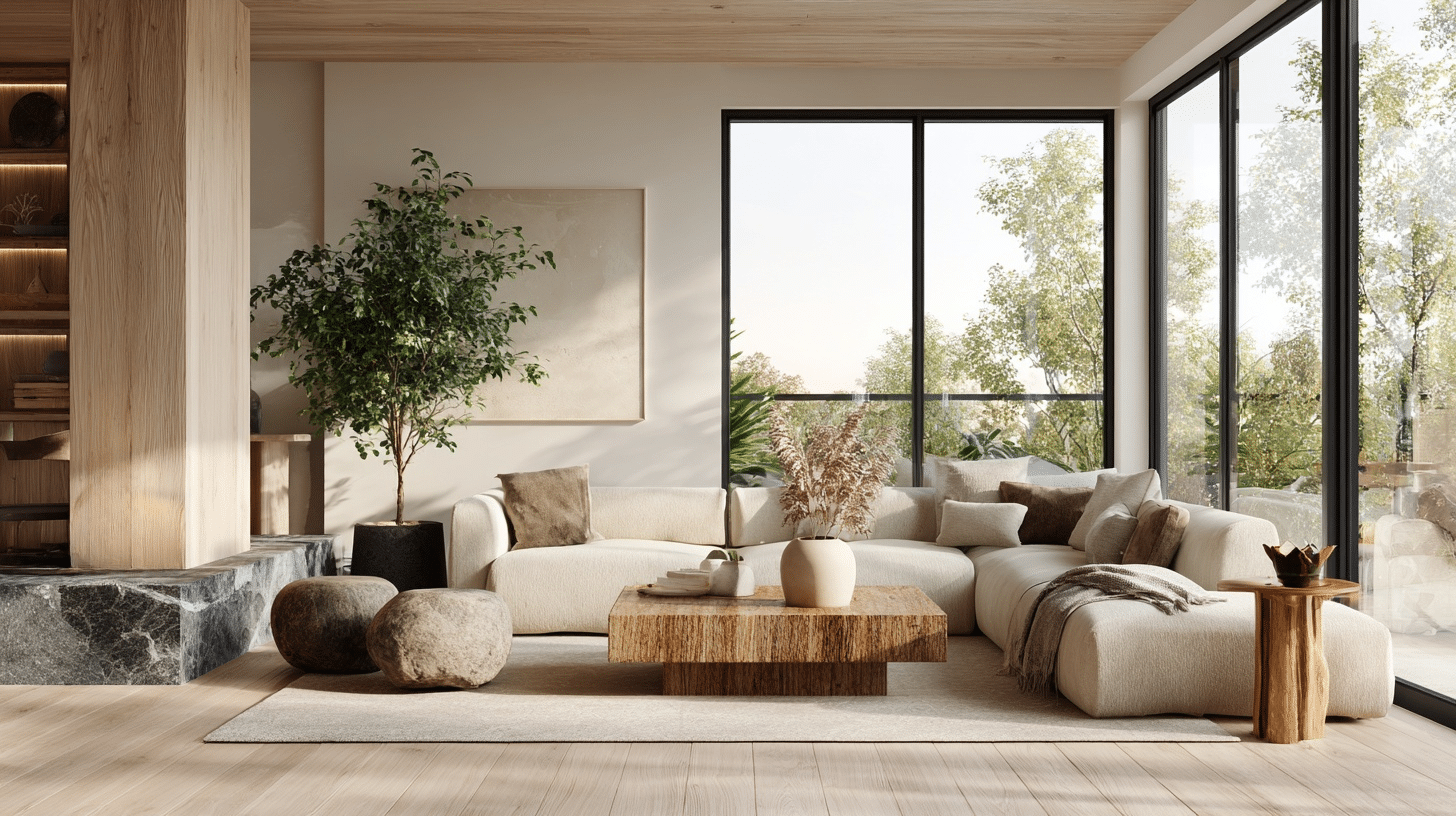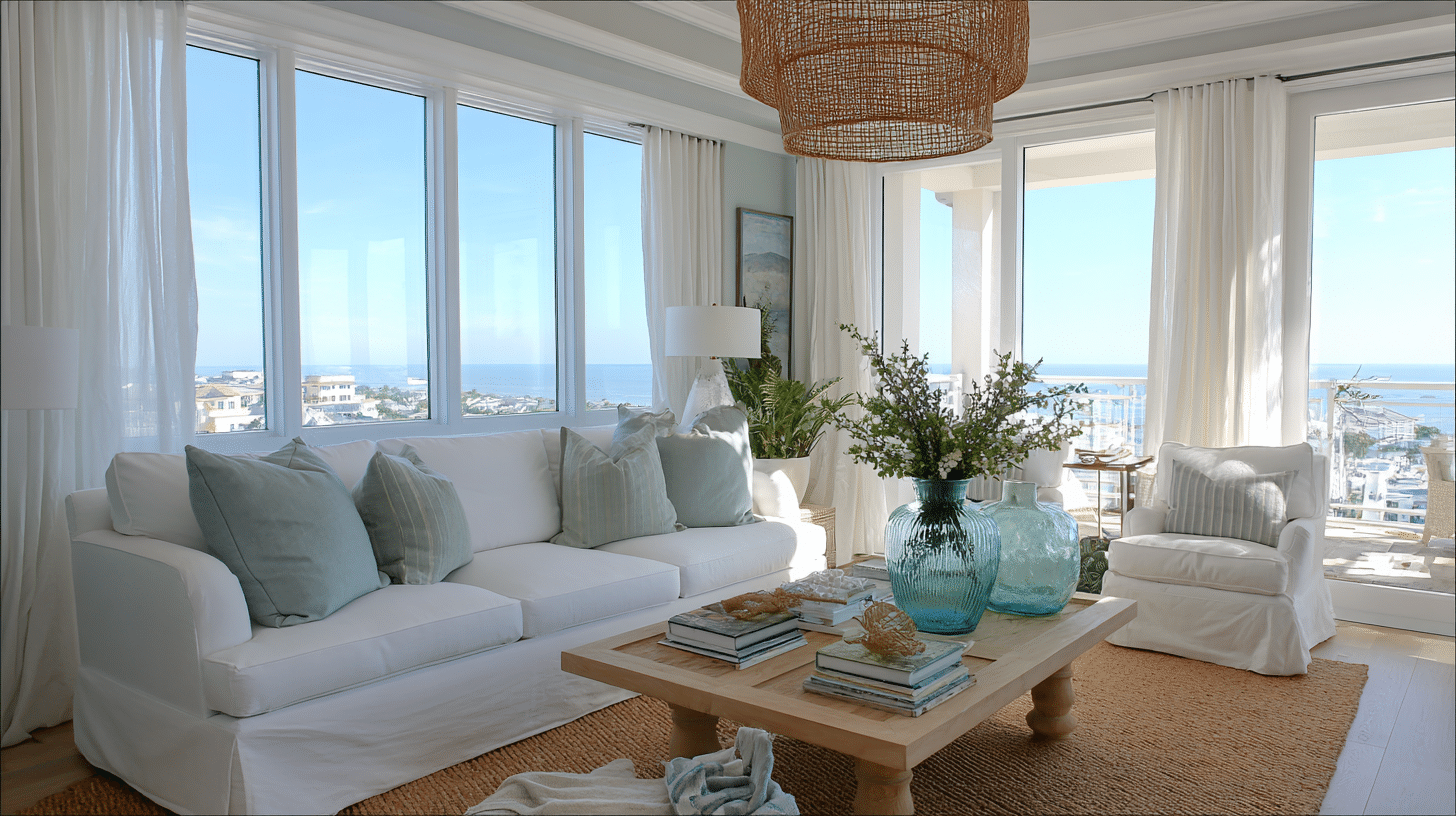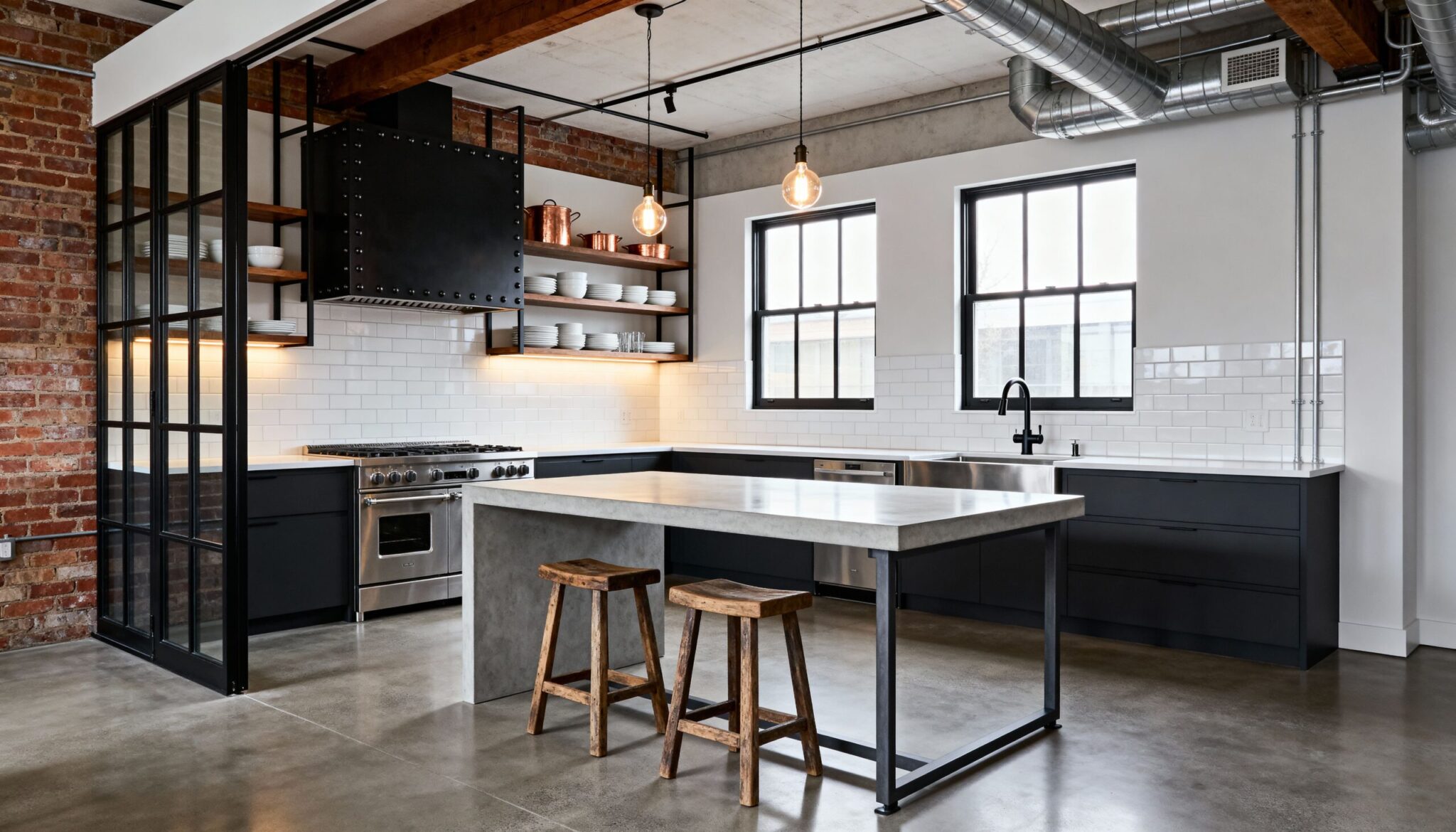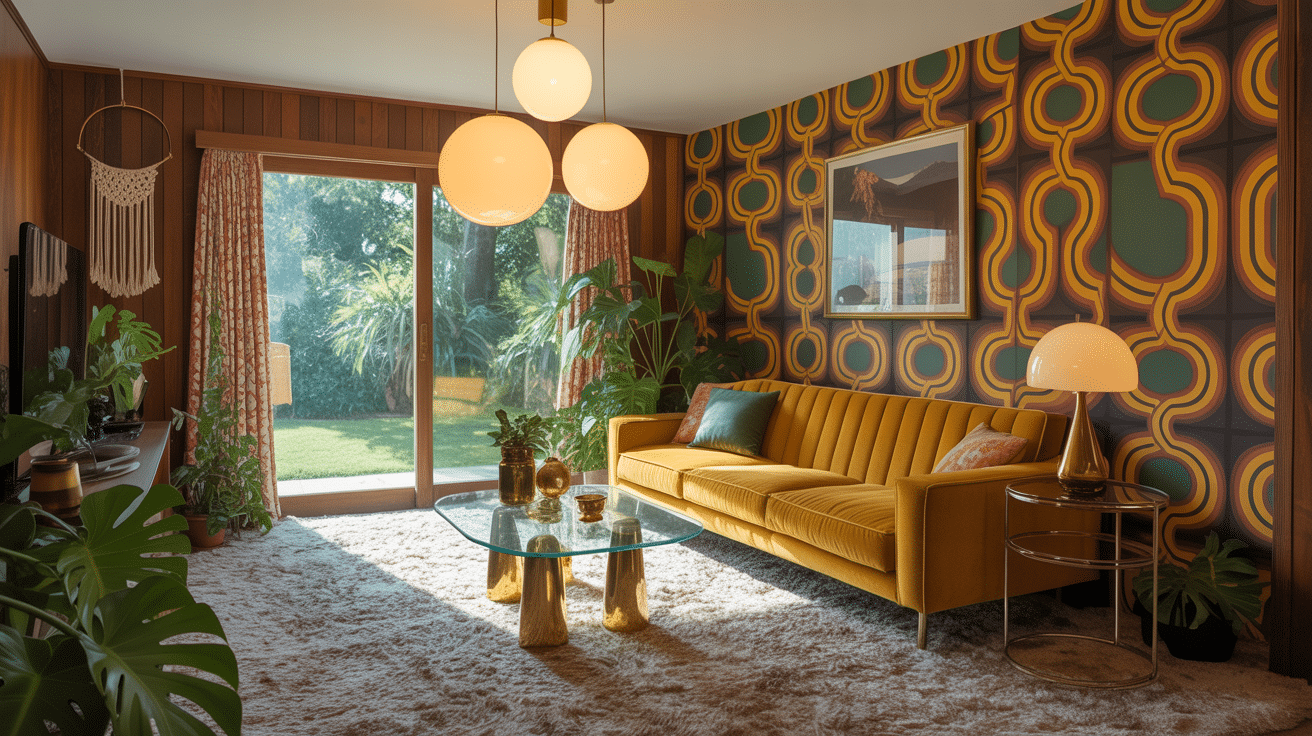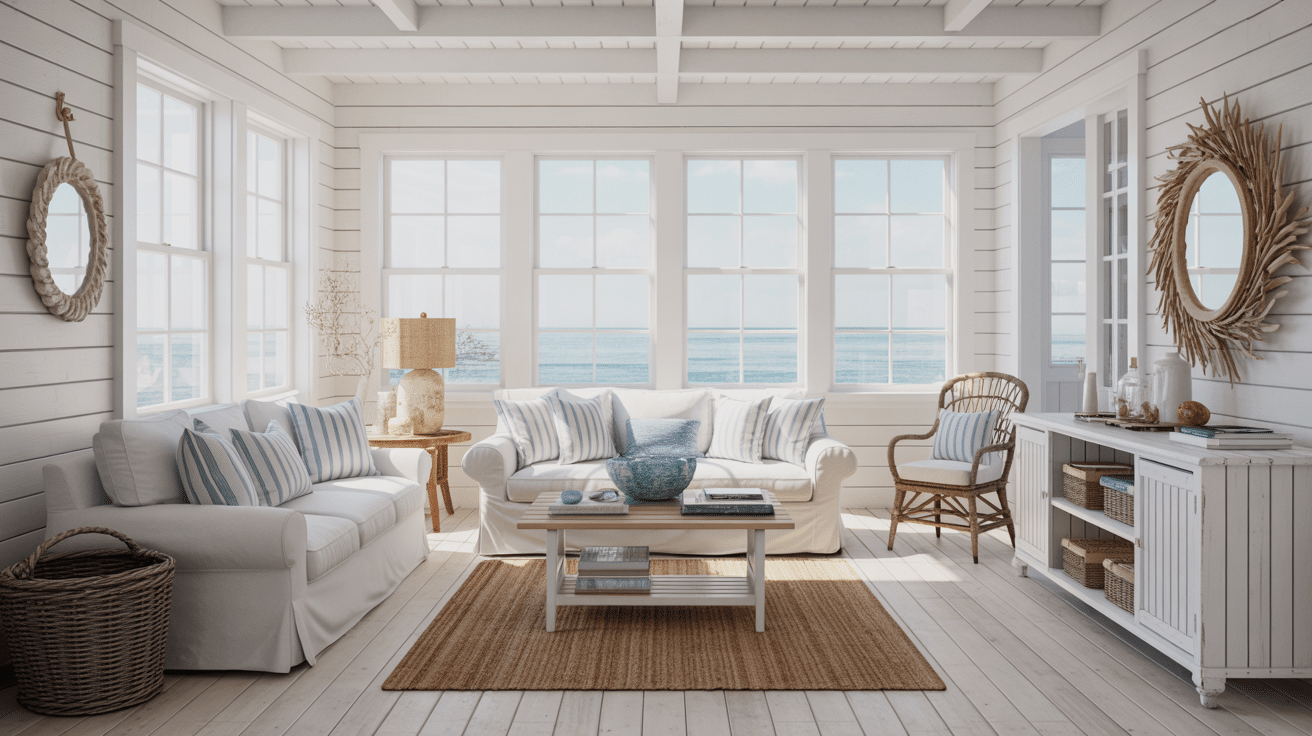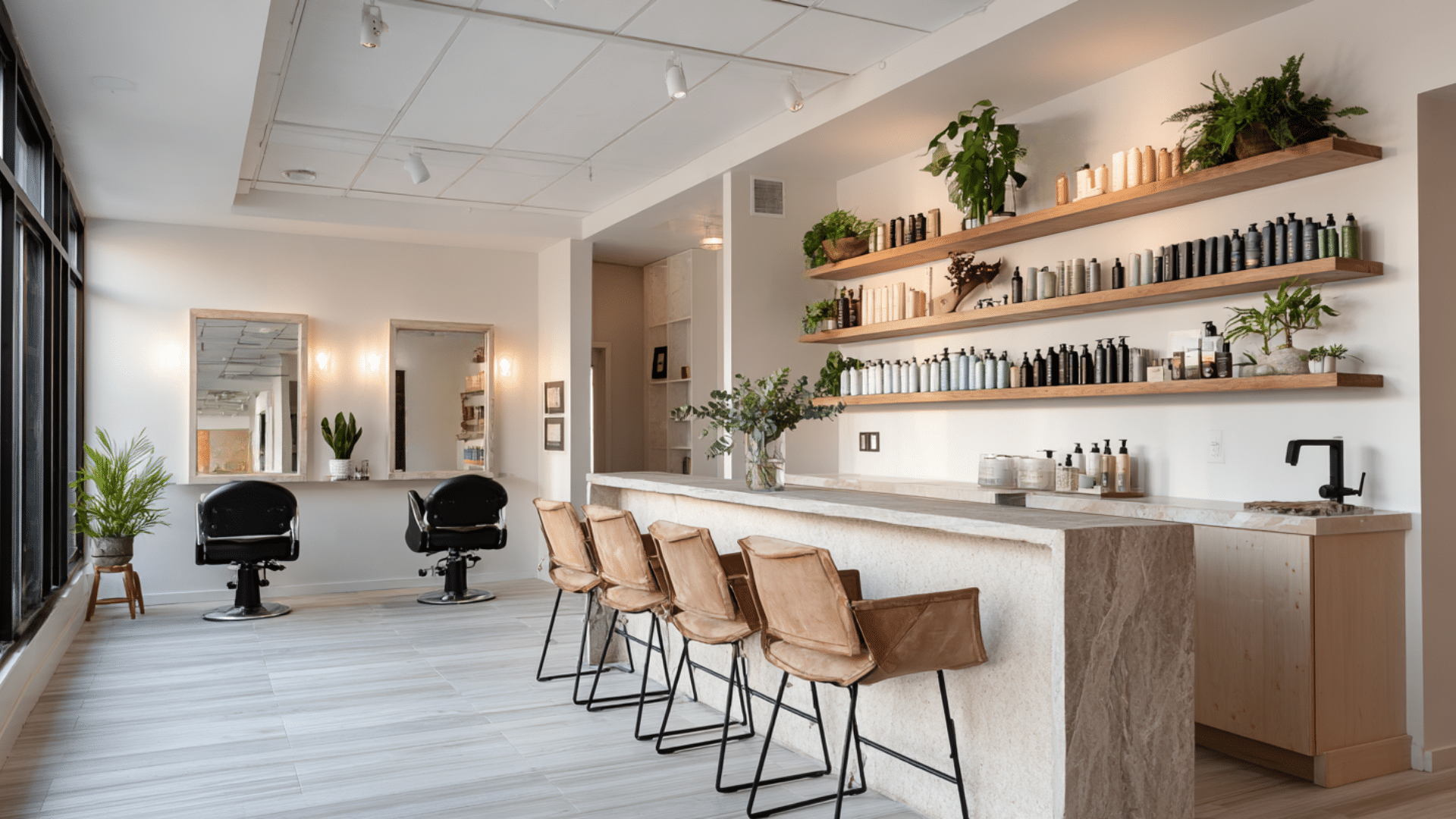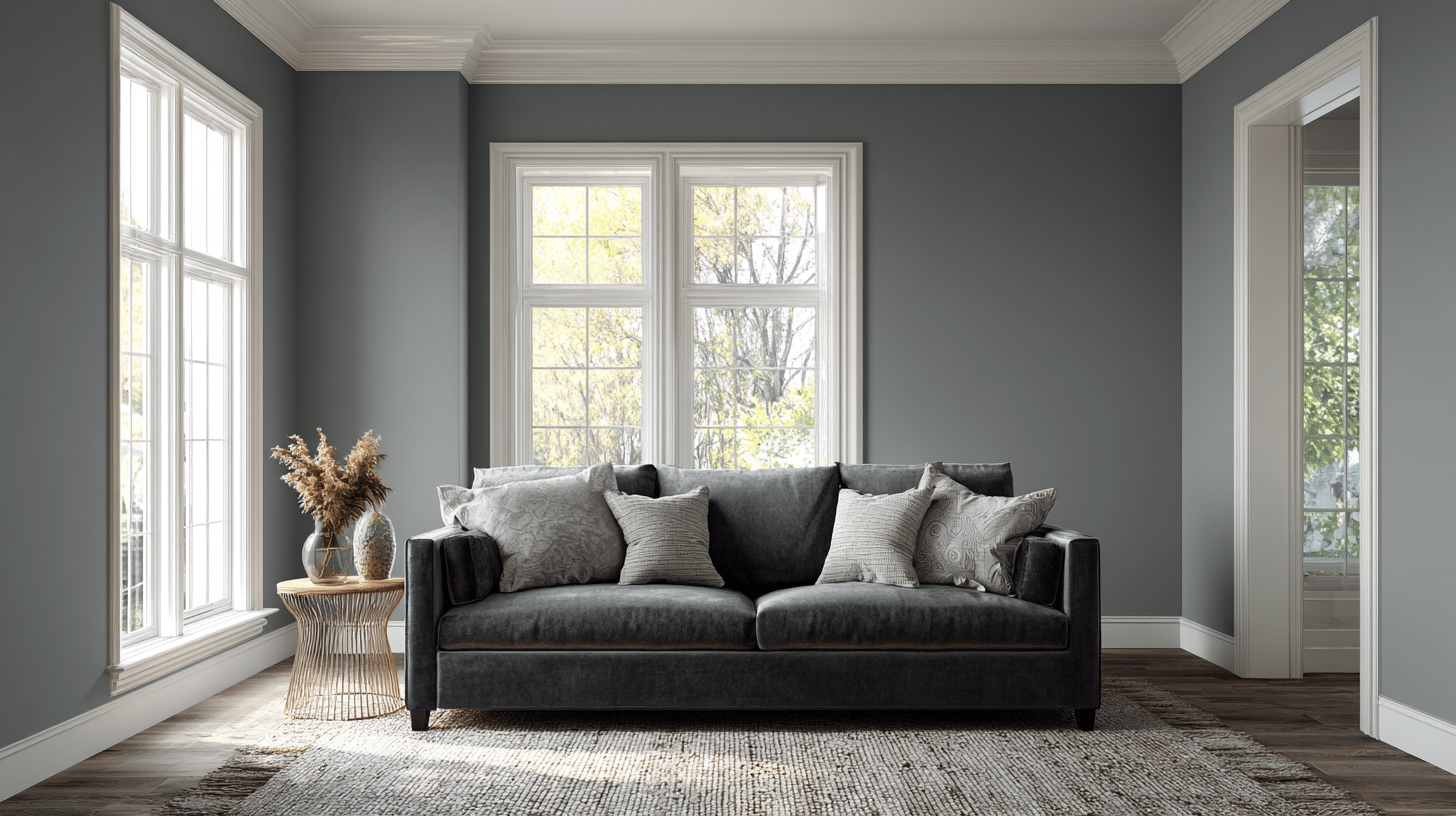Most people want homes that feel peaceful and look good.
However, the problem lies in the fact that many people live in spaces that feel disconnected from nature. Concrete walls, artificial lighting, and indoor air leave them feeling stressed and drained.
What if your home could feel like a breath of fresh air?
Biophilic interior design brings nature indoors, creating calm and stylish spaces that improve daily life.
This blog offers practical ways to incorporate natural elements into any home. Readers will learn simple tips that make a real difference to how they live and feel.
The Core Principles of Biophilic Design
Biophilic design rests on a simple idea: humans need nature to thrive. This approach connects people with the natural world through their living spaces.
The first principle focuses on direct contact with nature. Think plants, water features, and natural light. These elements bring life into a room.
The second principle involves indirect nature connections. This involves using natural materials, such as wood and stone. It also includes nature-inspired patterns and textures.
The third principle centers on space and place. Rooms should feel open and allow views of the outdoors. They should also create a sense of refuge and comfort.
Together, these principles help create homes that support well-being. They naturally reduce stress and boost mood.
Biophilic Interior Design – Inspiration from Projects and Studios
Designers worldwide are finding innovative ways to bring nature indoors. Here are some ideas that show how this approach converts ordinary spaces into calm, natural retreats.
1. Living Wall Installations
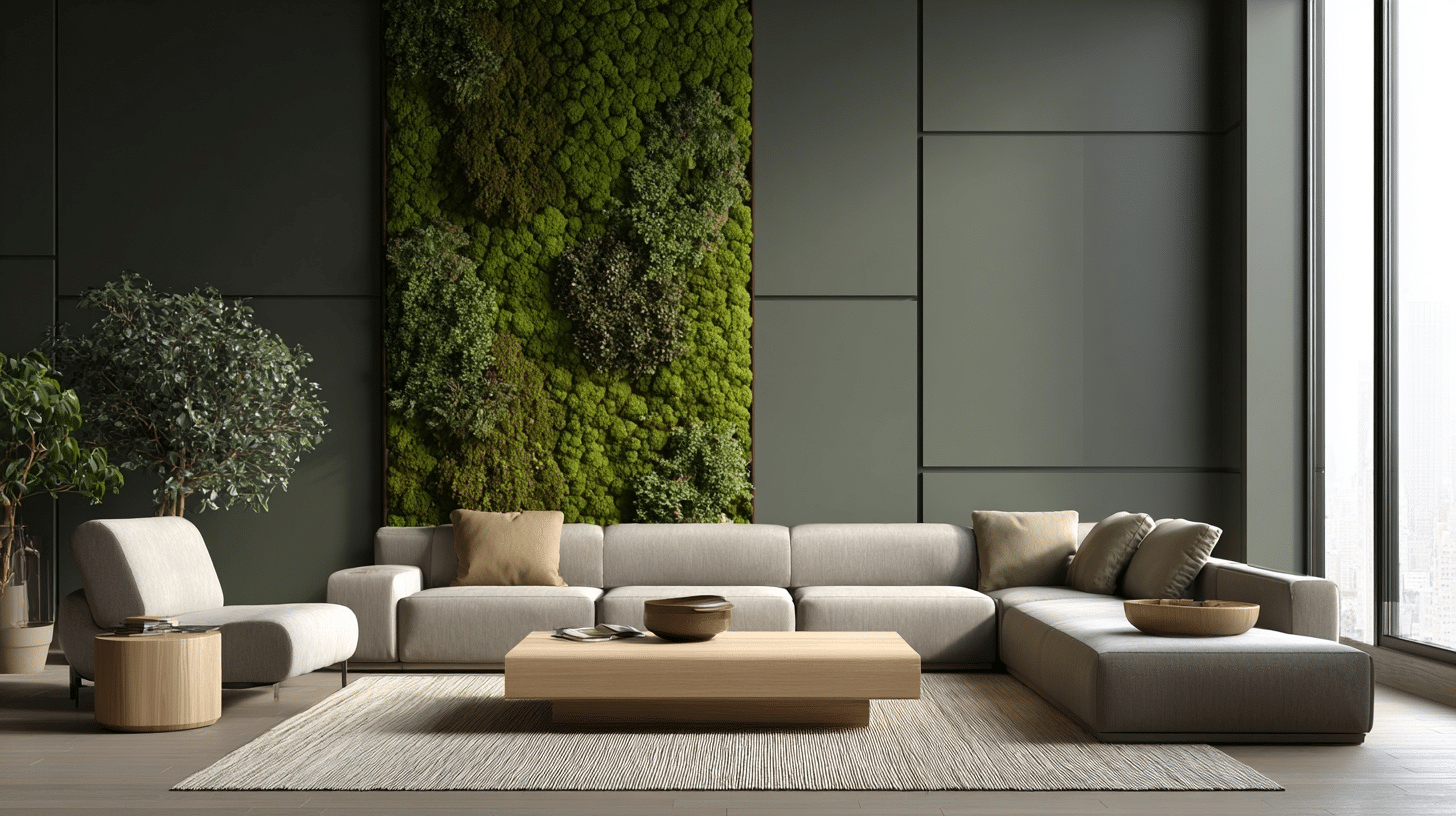
Green walls convert blank spaces into living art. They purify air while adding texture and color to any room. Studios often use them as statement features in lobbies and living areas.
2. Natural Light Maximization
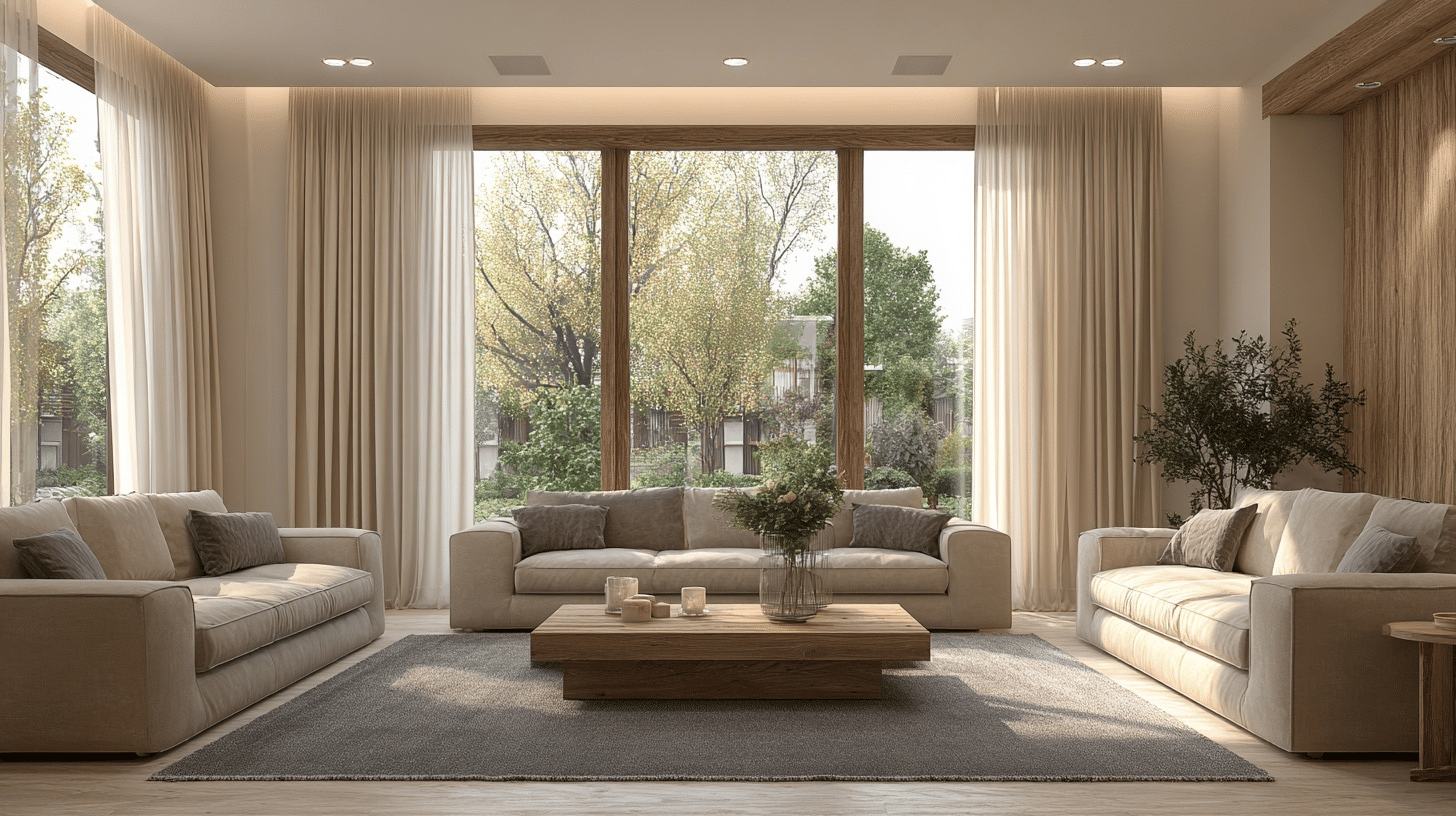
Large windows and skylights flood spaces with sunlight. This reduces energy costs and improves mood throughout the day. Designers position furniture to maximize the use of natural light.
3. Indoor Water Features
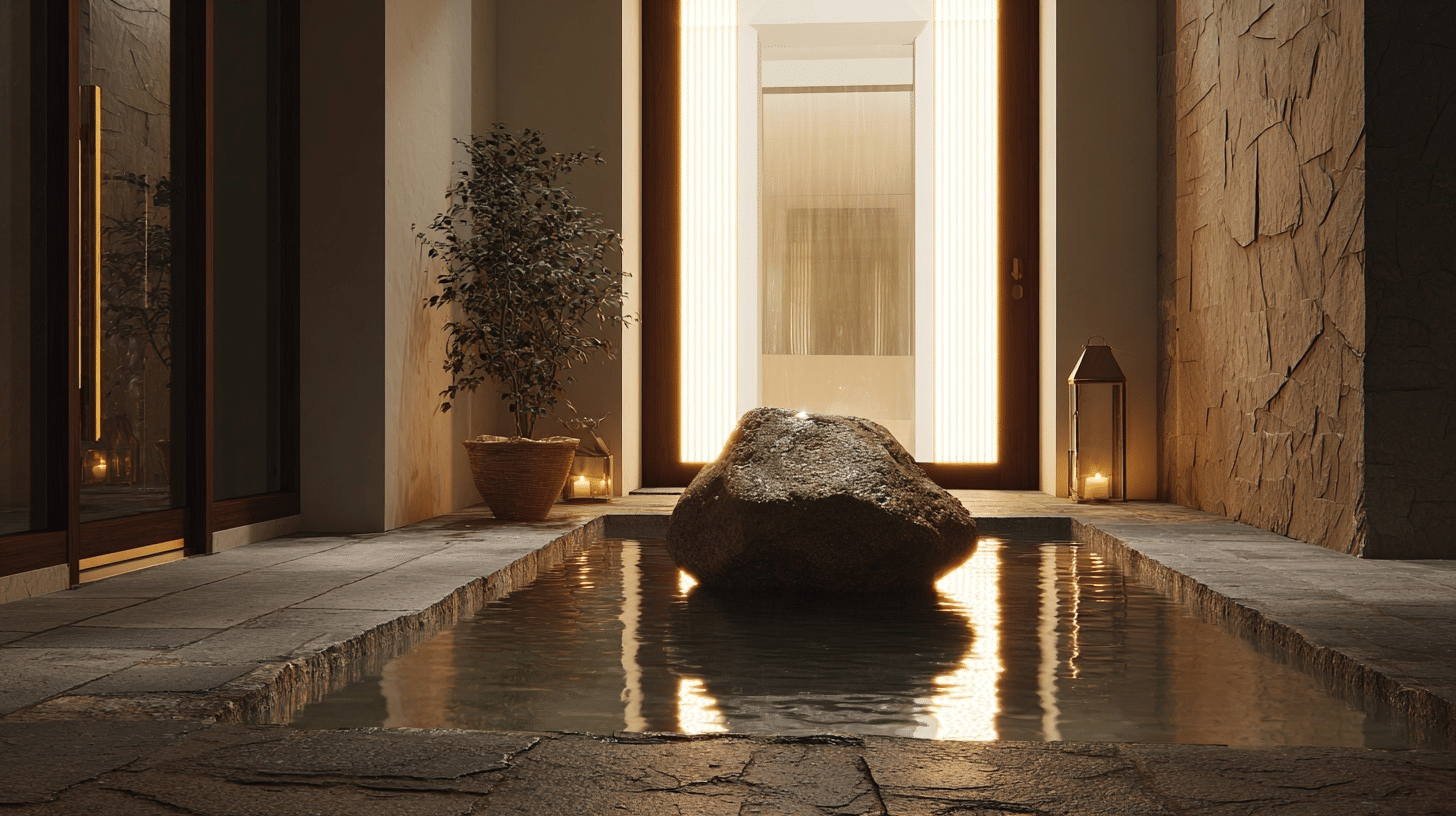
Fountains and small ponds bring calming sounds indoors. The stillness of water creates a peaceful atmosphere. These features work well in entryways and meditation spaces.
4. Natural Stone Accents
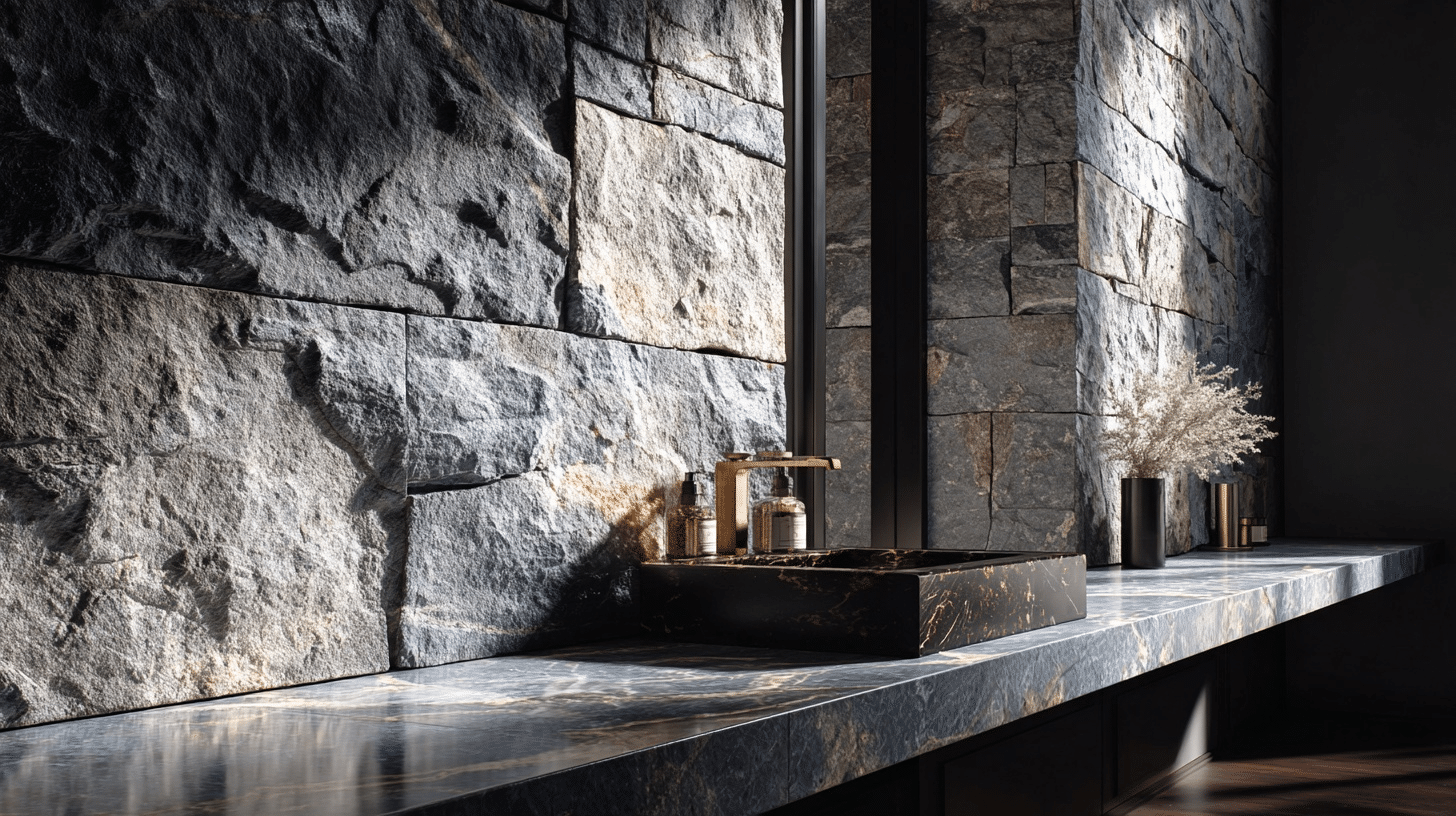
Stone countertops and wall features add a natural, earthy texture. They bring durability and classic beauty to interiors. Each stone piece has a unique pattern that tells a story of nature.
5. Wooden Beam Ceilings
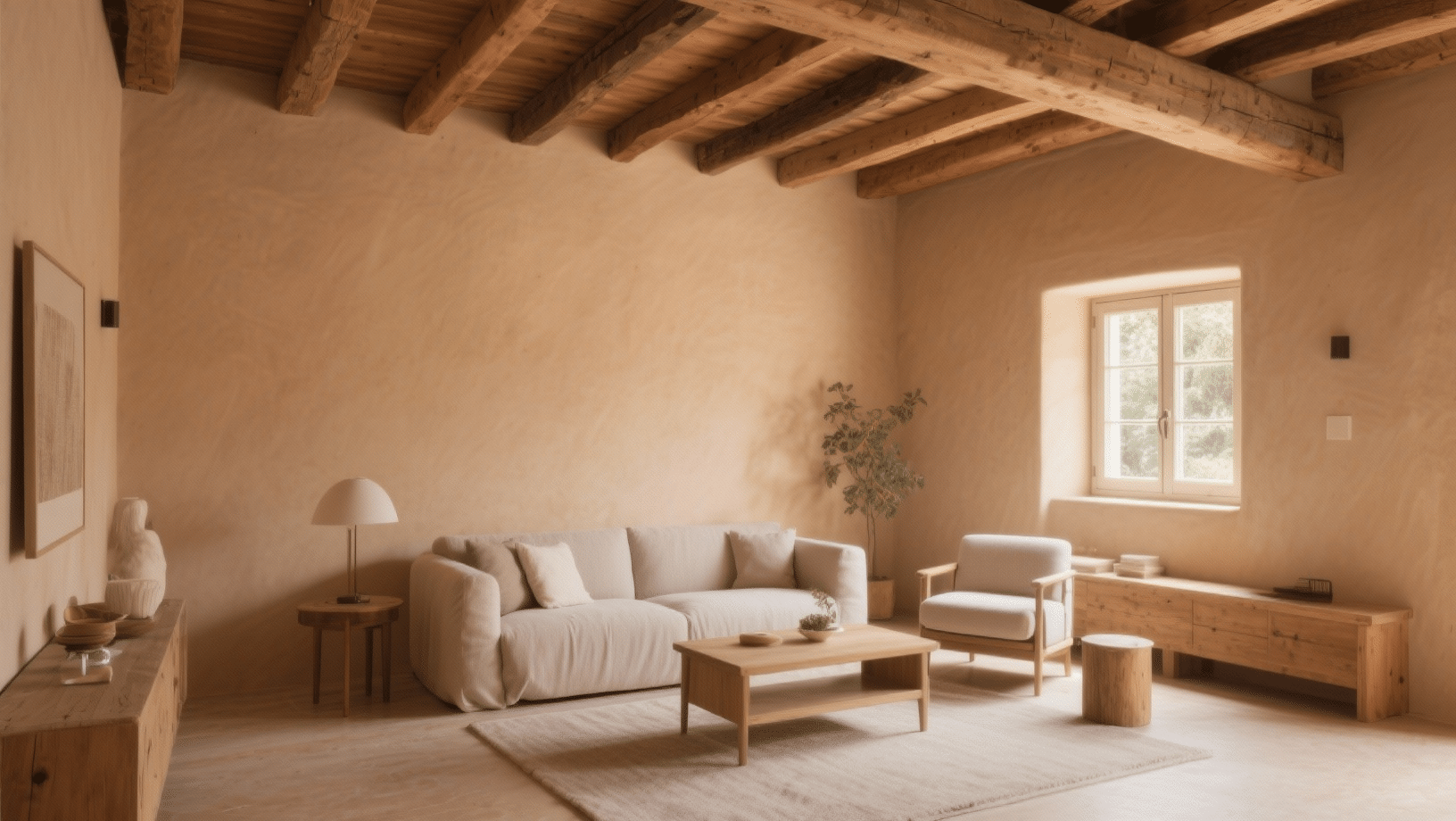
Exposed wood beams create a rich feel and character. They draw the eye upward and make rooms feel inviting. This design choice is suitable for both modern and traditional homes.
6. Plant-Filled Reading Nooks
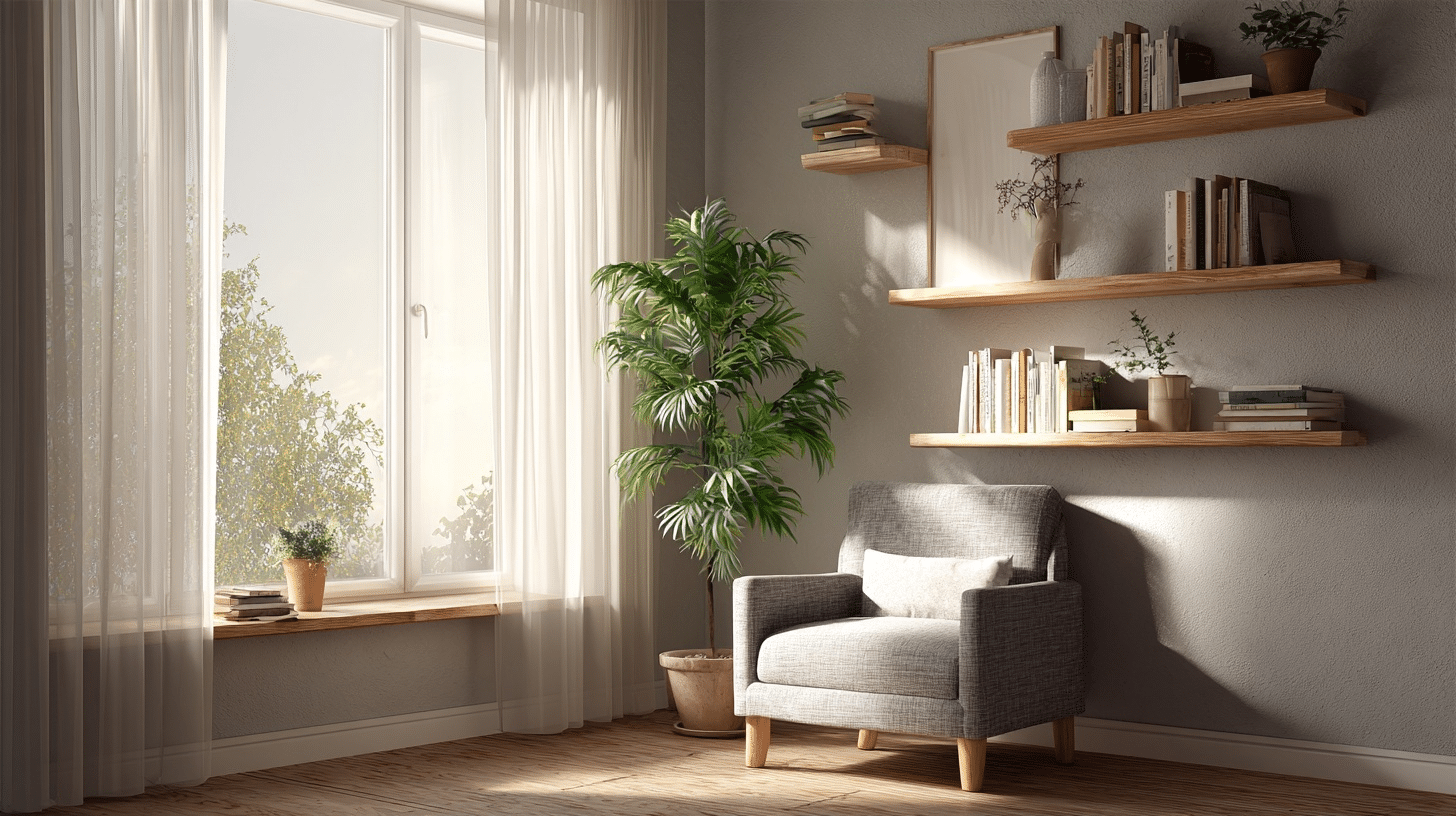
Cozy corners surrounded by plants offer perfect retreat spots. They encourage relaxation and connection with nature. Adding a comfortable chair completes this personal sanctuary.
7. Bamboo Flooring Solutions
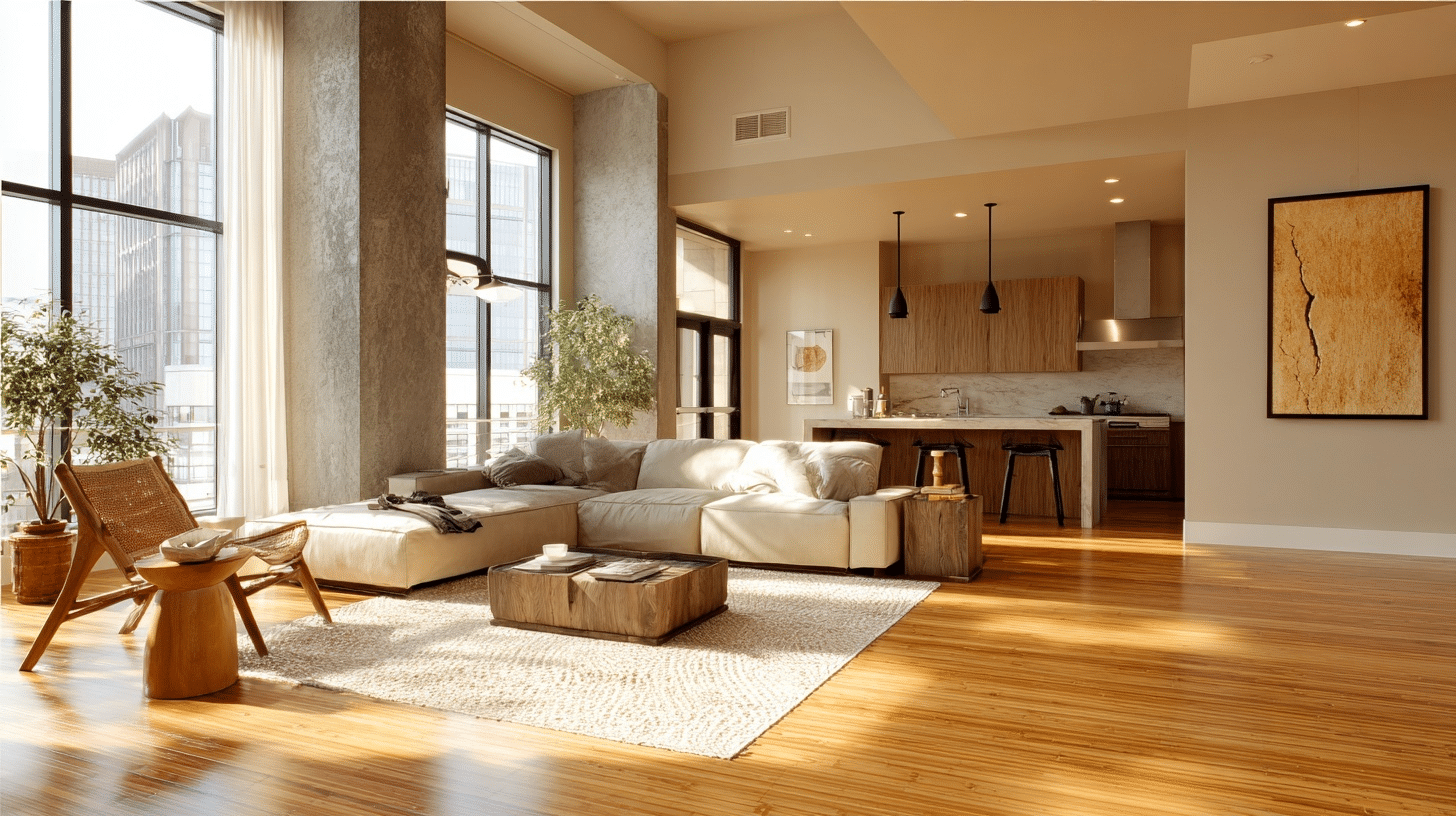
Bamboo provides sustainable and attractive flooring options. It’s durable, easy to maintain, and grows quickly. The natural grain patterns add visual interest to any space.
8. Nature-Inspired Color Palettes
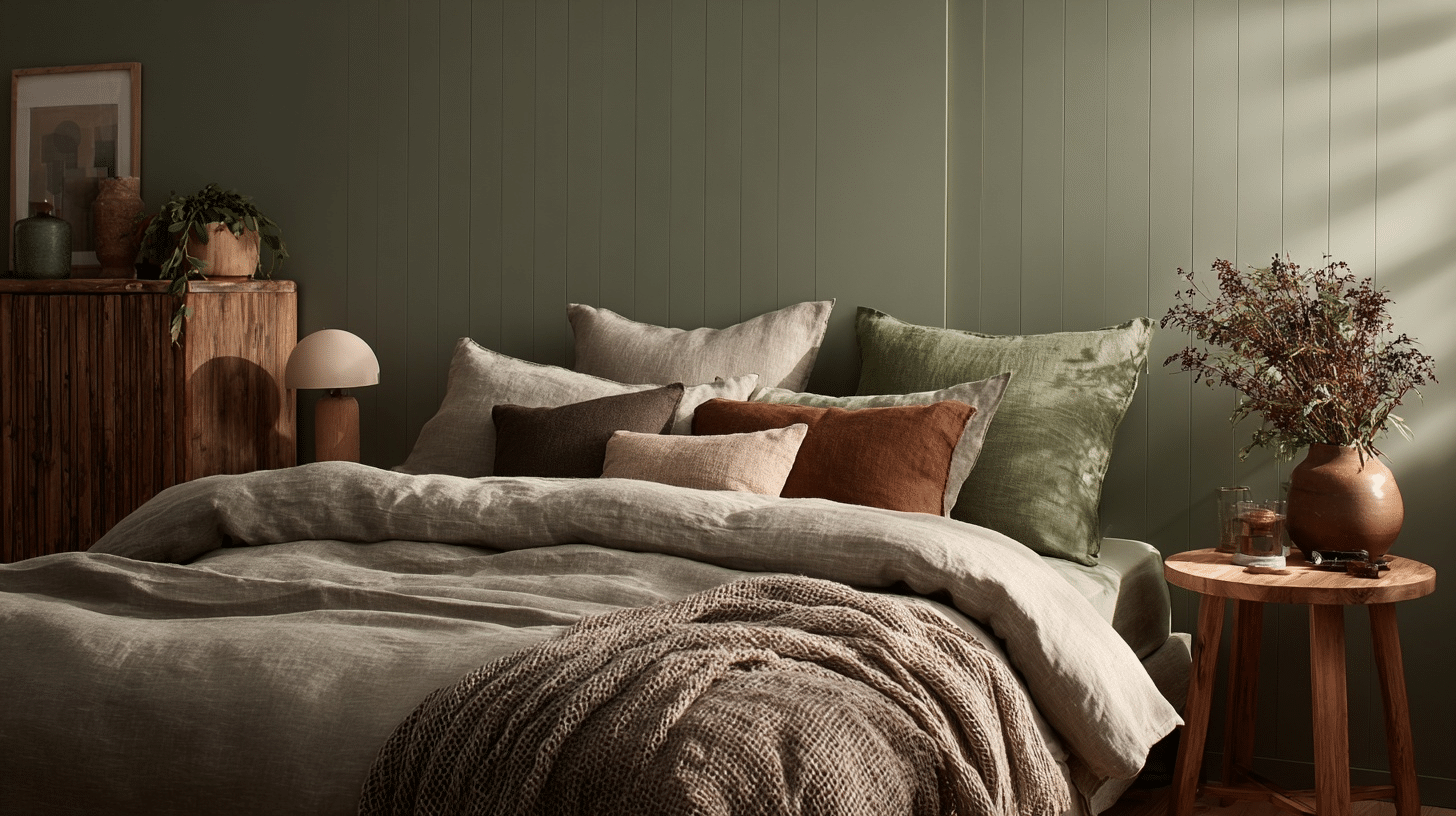
Earth tones, such as greens, browns, and blues, calm the senses. These colors create serenity and balance in living spaces. They serve as a foundation for layering other design elements.
9. Organic Textiles and Fabrics
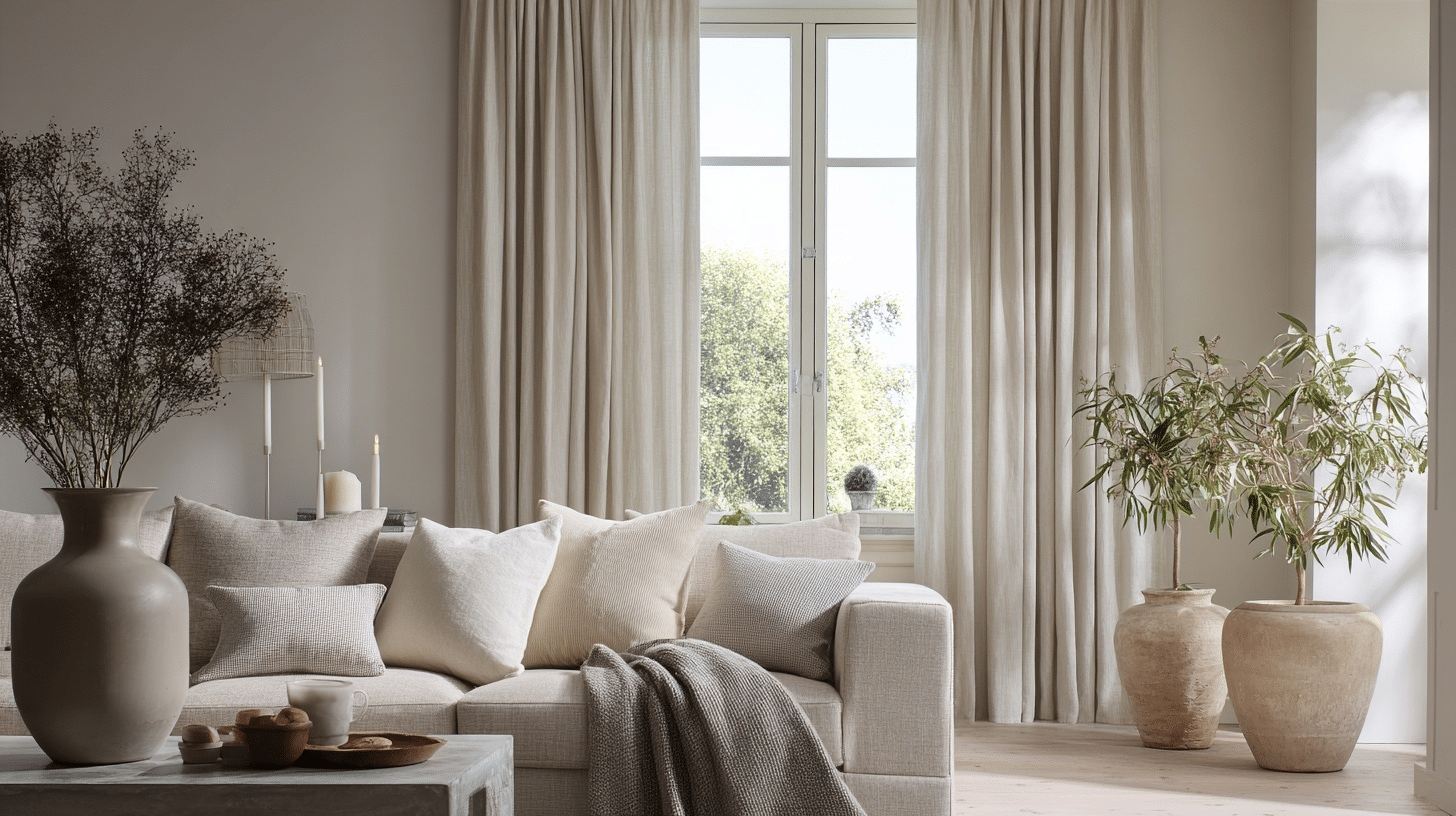
Cotton, linen, and wool add natural comfort. These materials breathe well and feel good against the skin. They’re also better for indoor air quality than synthetic options.
10. Indoor Herb Gardens
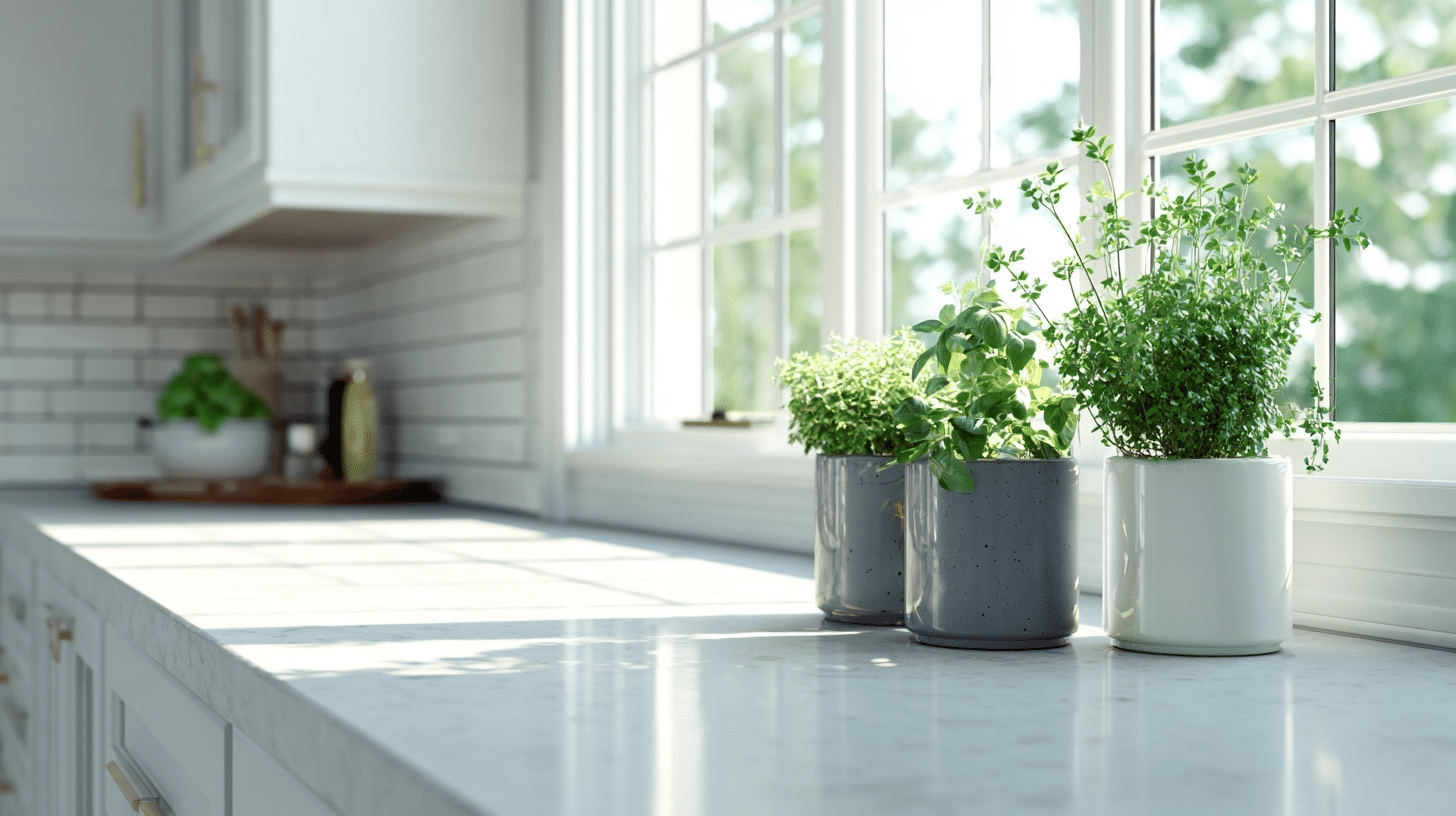
Kitchen herb gardens provide fresh ingredients year-round. They smell wonderful and add life to cooking spaces. Even small apartments can accommodate countertop herb boxes.
11. Terrarium Display Features
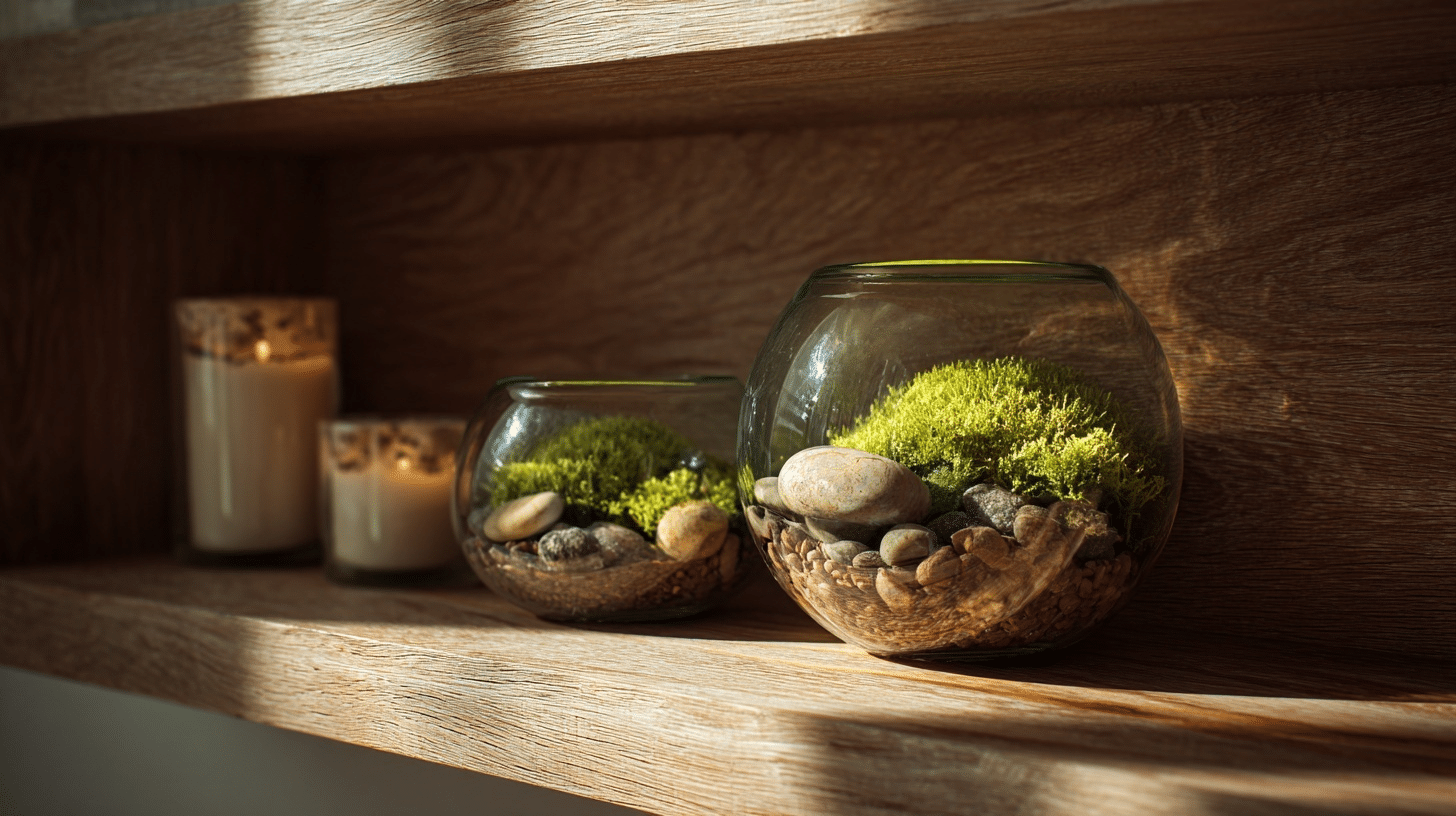
Glass terrariums showcase miniature ecosystems beautifully. They require little maintenance and add visual interest. These tiny gardens work well on shelves and tabletops.
12. Natural Fiber Rugs
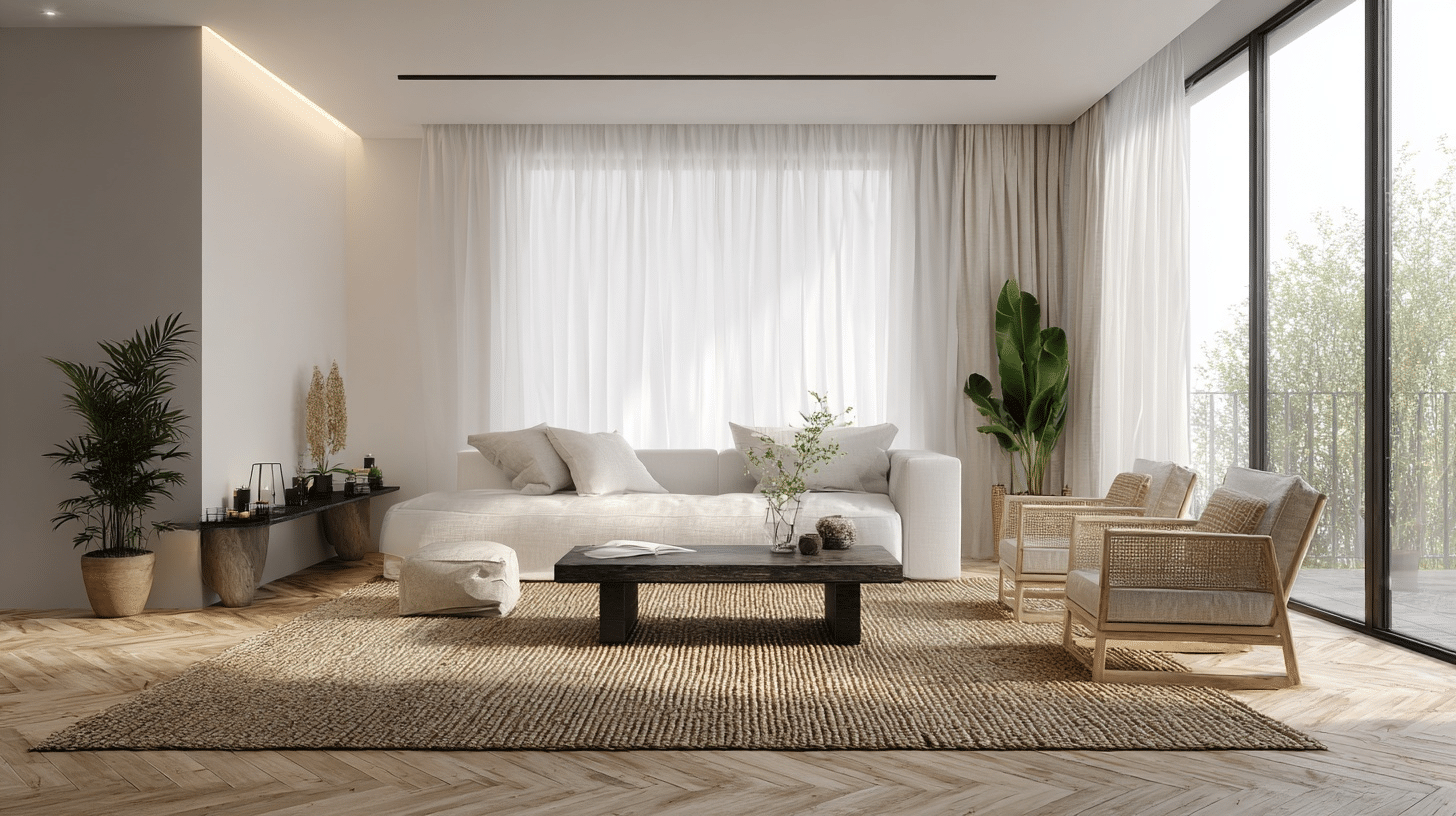
Jute, sisal, and wool rugs ground a room naturally. They add texture and comfort underfoot. These sustainable options last for years with proper care.
13. Driftwood Decorative Elements
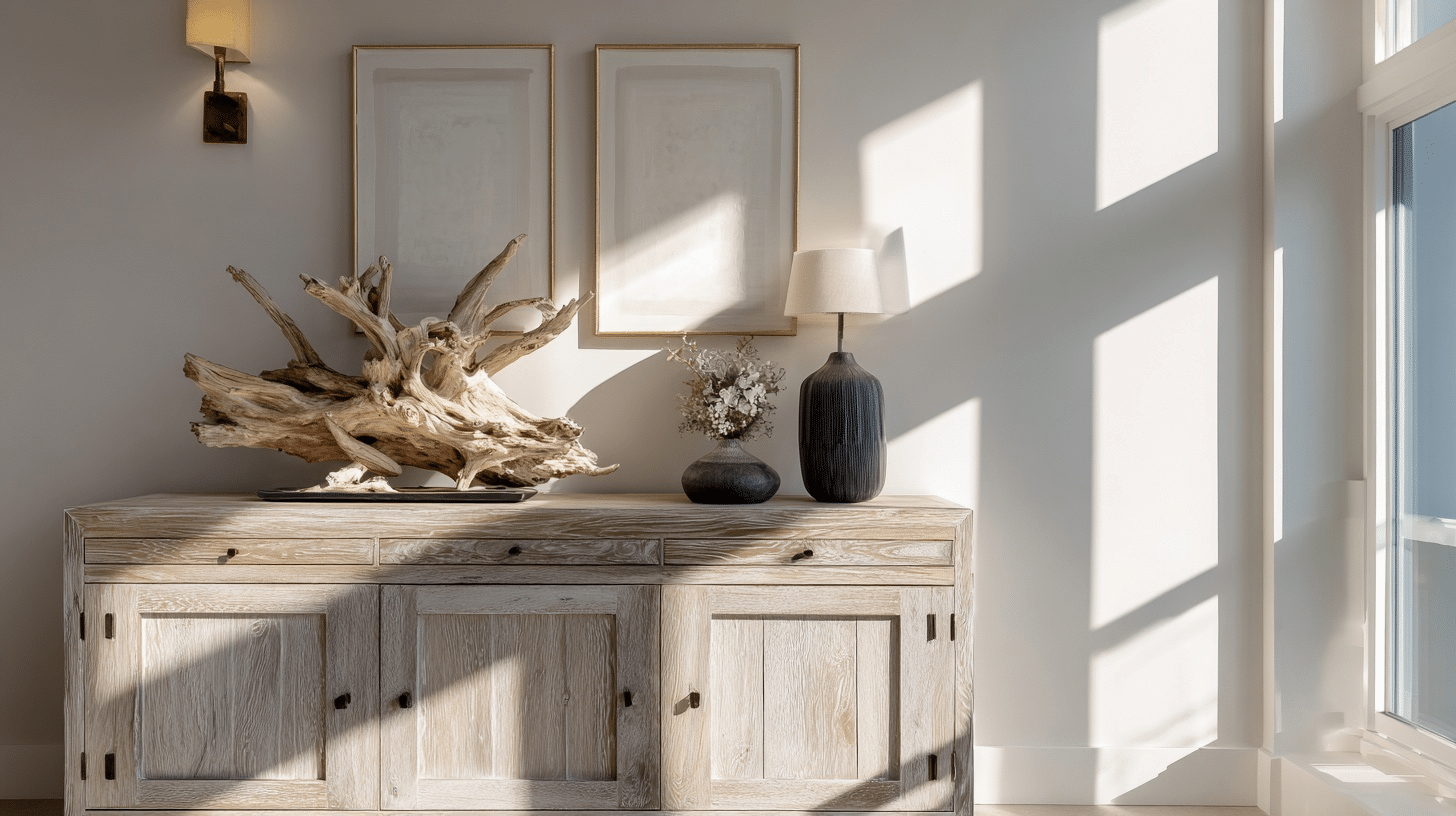
Weathered wood pieces bring coastal vibes indoors. Each piece tells a unique story through its shape. They work as sculptures, shelf brackets, or wall hangings.
14. Biophilic Lighting Design
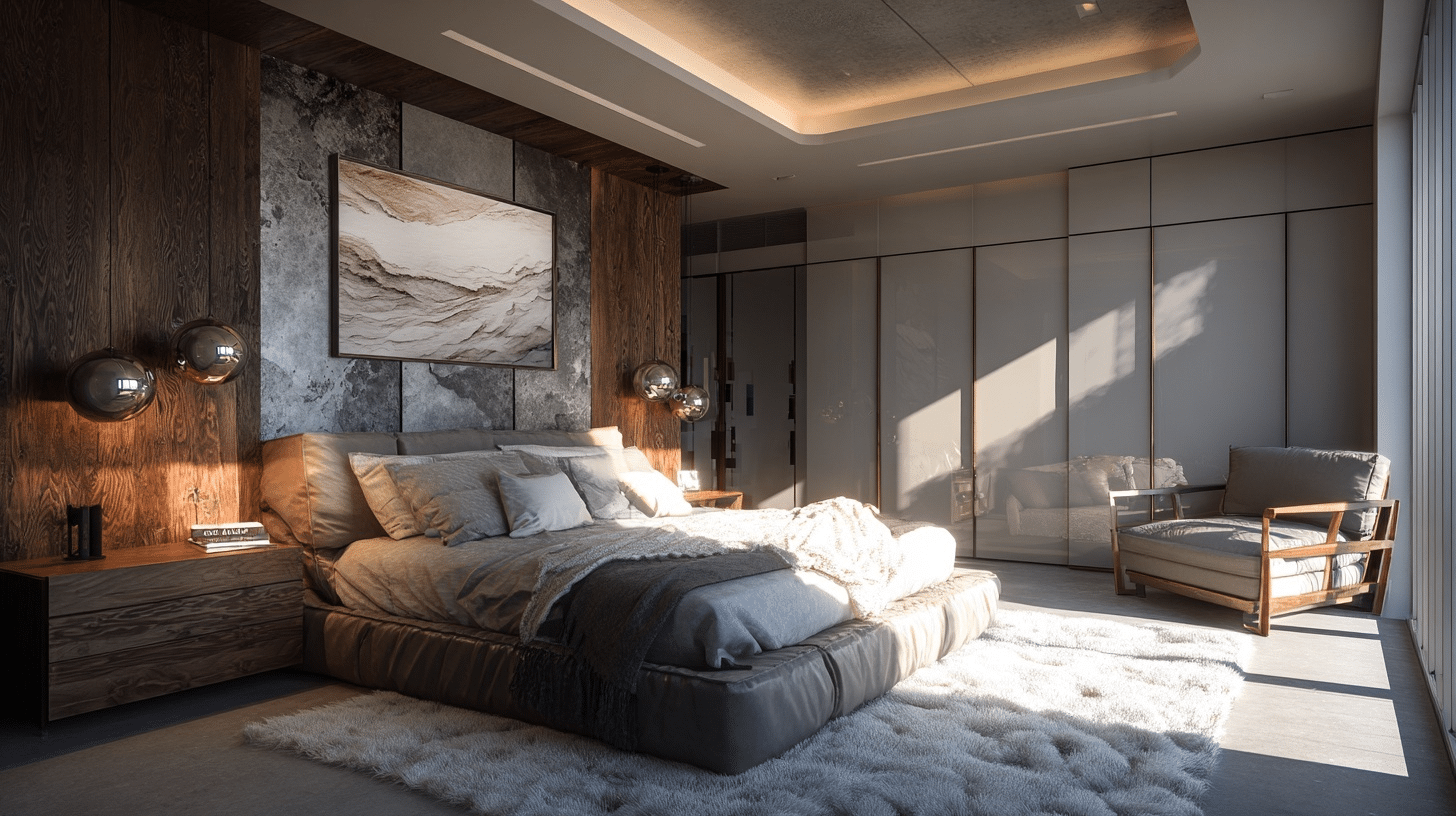
Lighting that mimics natural daylight patterns supports health. It helps regulate sleep cycles and energy levels. Smart systems can adjust color temperature throughout the day.
15. Indoor Tree Installations
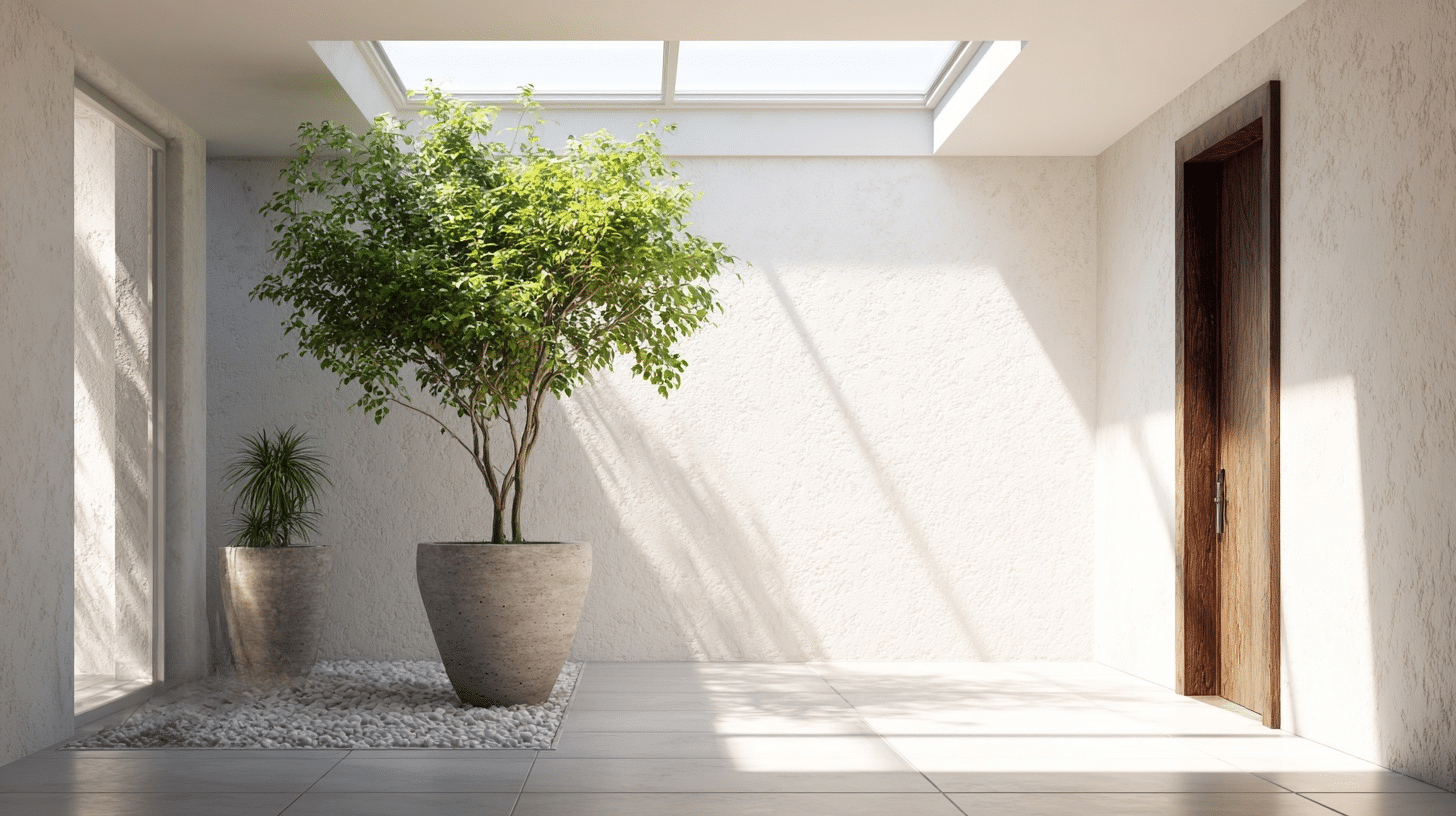
Large potted trees make bold statements in entryways. They improve air quality and create strong visual anchors. Popular choices include fiddle leaf figs and rubber plants.
16. Natural Ventilation Systems
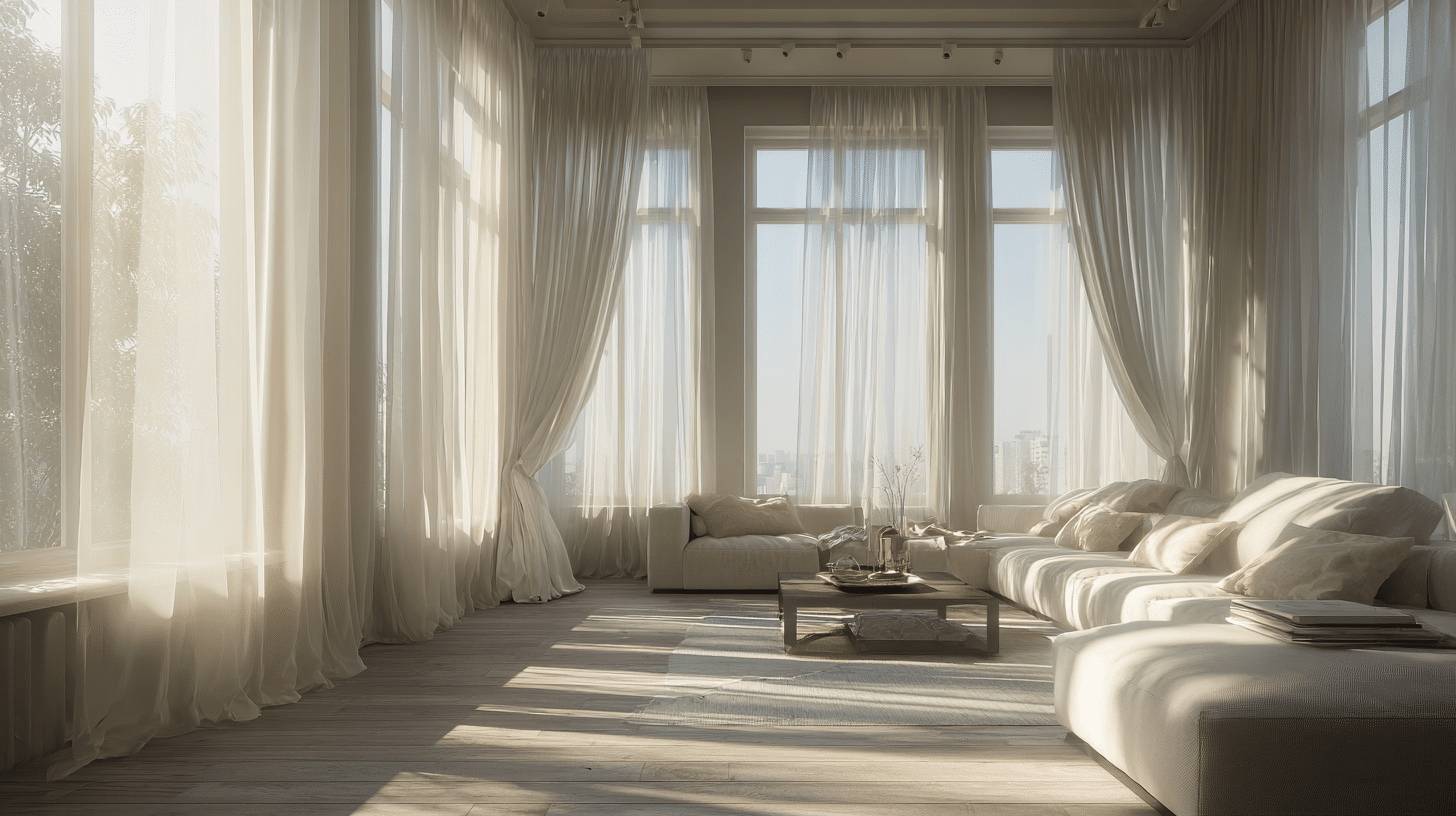
Cross-ventilation designs allow fresh air to enter naturally. They reduce reliance on air conditioning and feel refreshed. Strategically placed windows make this possible in most homes.
17. Rock Garden Features
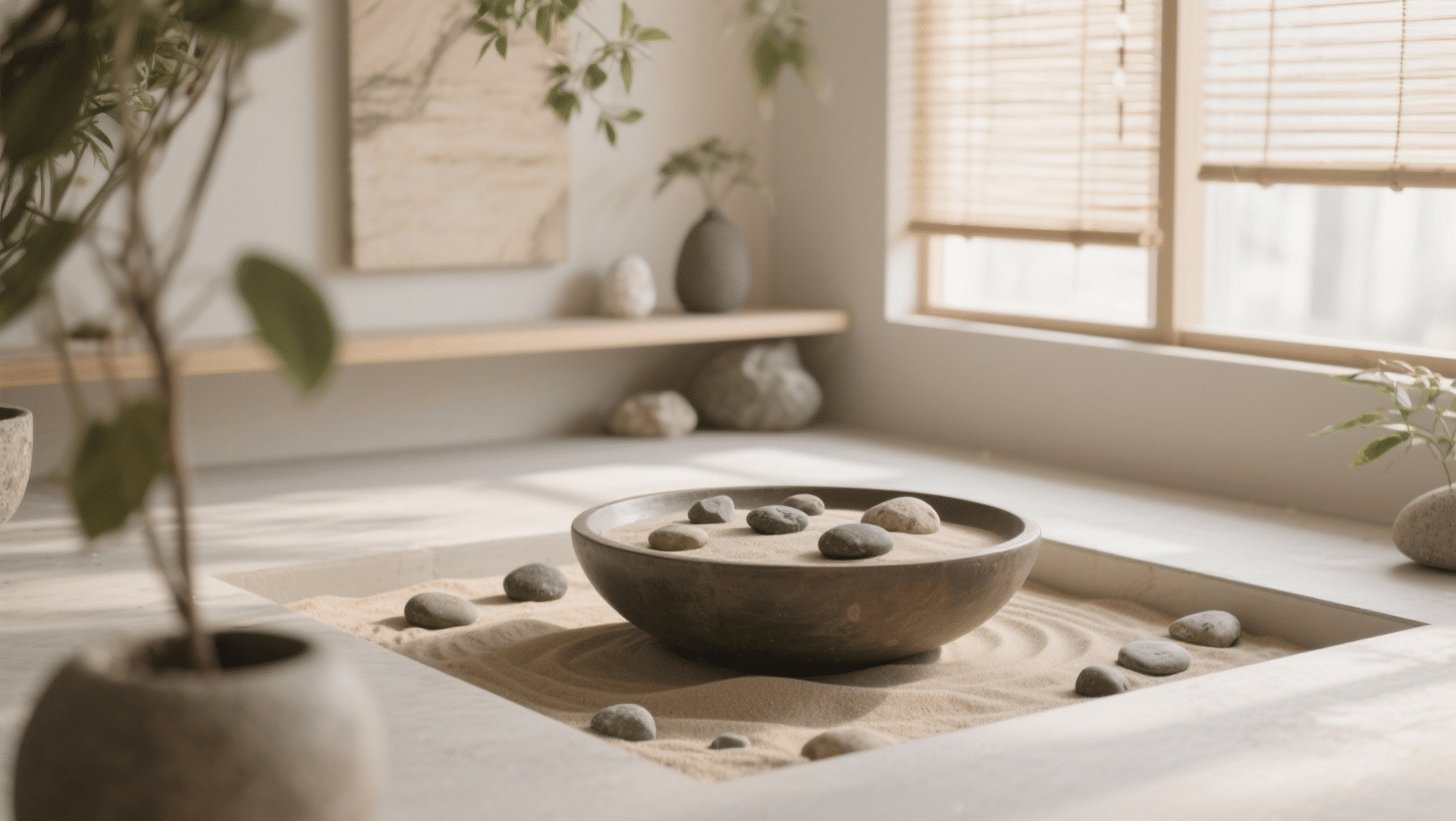
Indoor rock arrangements create zen-like spaces. They require no watering and offer meditative beauty. Sand patterns around rocks add another layer of interest.
18. Reclaimed Wood Furniture
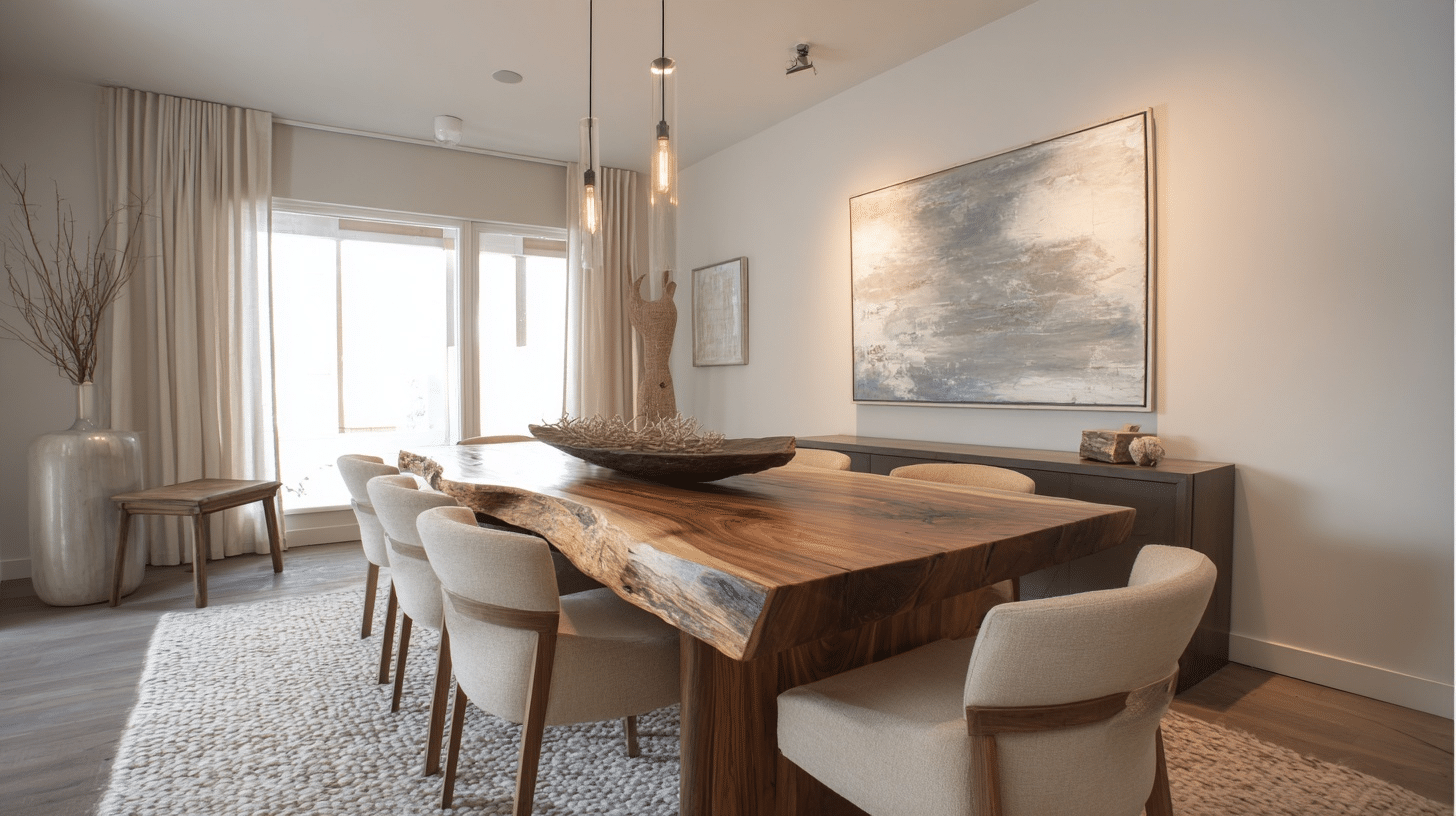
Salvaged wood pieces add a touch of history and character. They’re environmentally friendly and uniquely beautiful. Old barn wood and shipping pallets get new life in homes.
19. Nature Photography Display
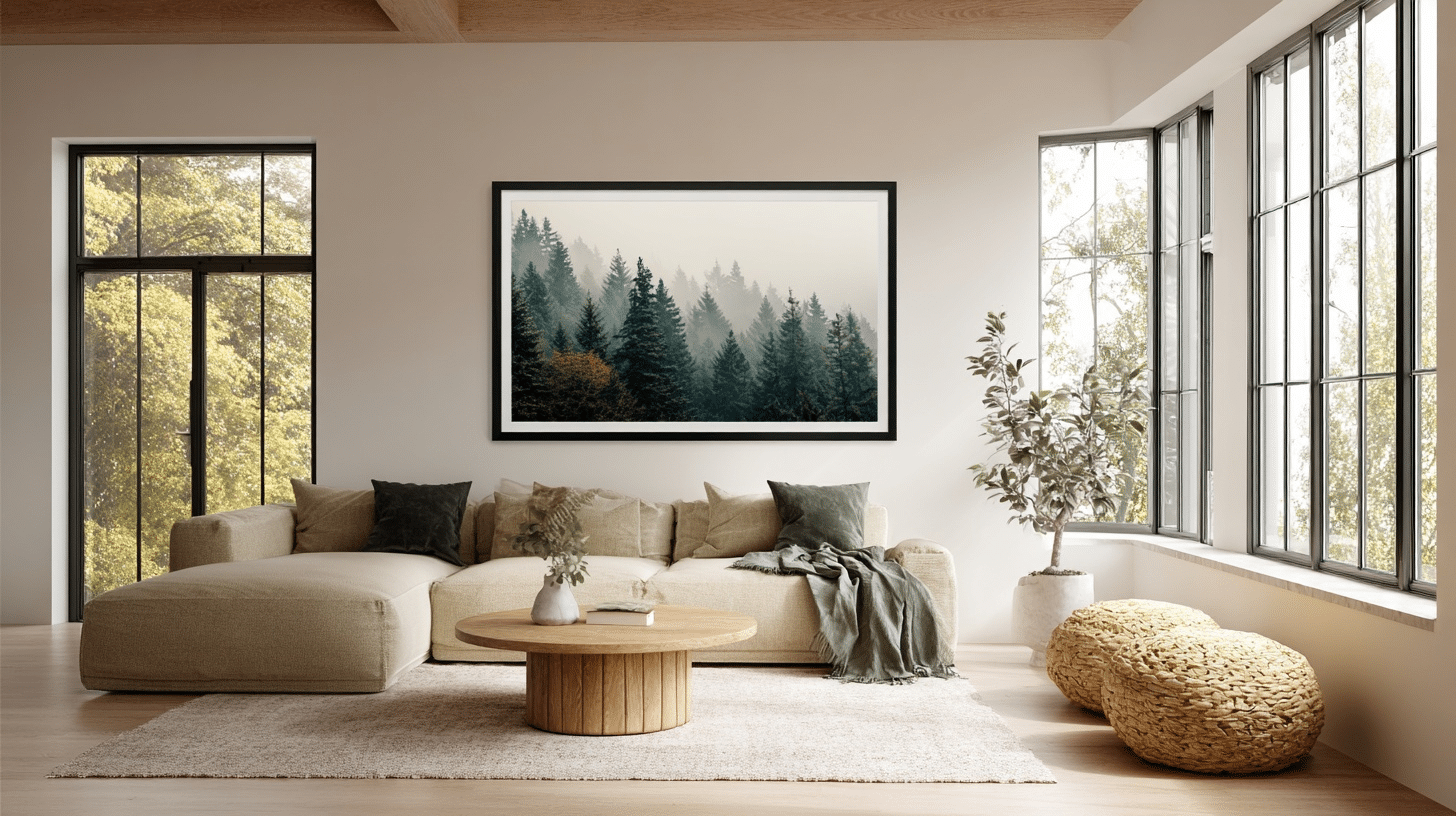
Large-scale nature print brings outdoor views inside. It creates depth and visual escape in any room. Forest scenes and ocean views are particularly calming.
20. Cork Wall Treatments
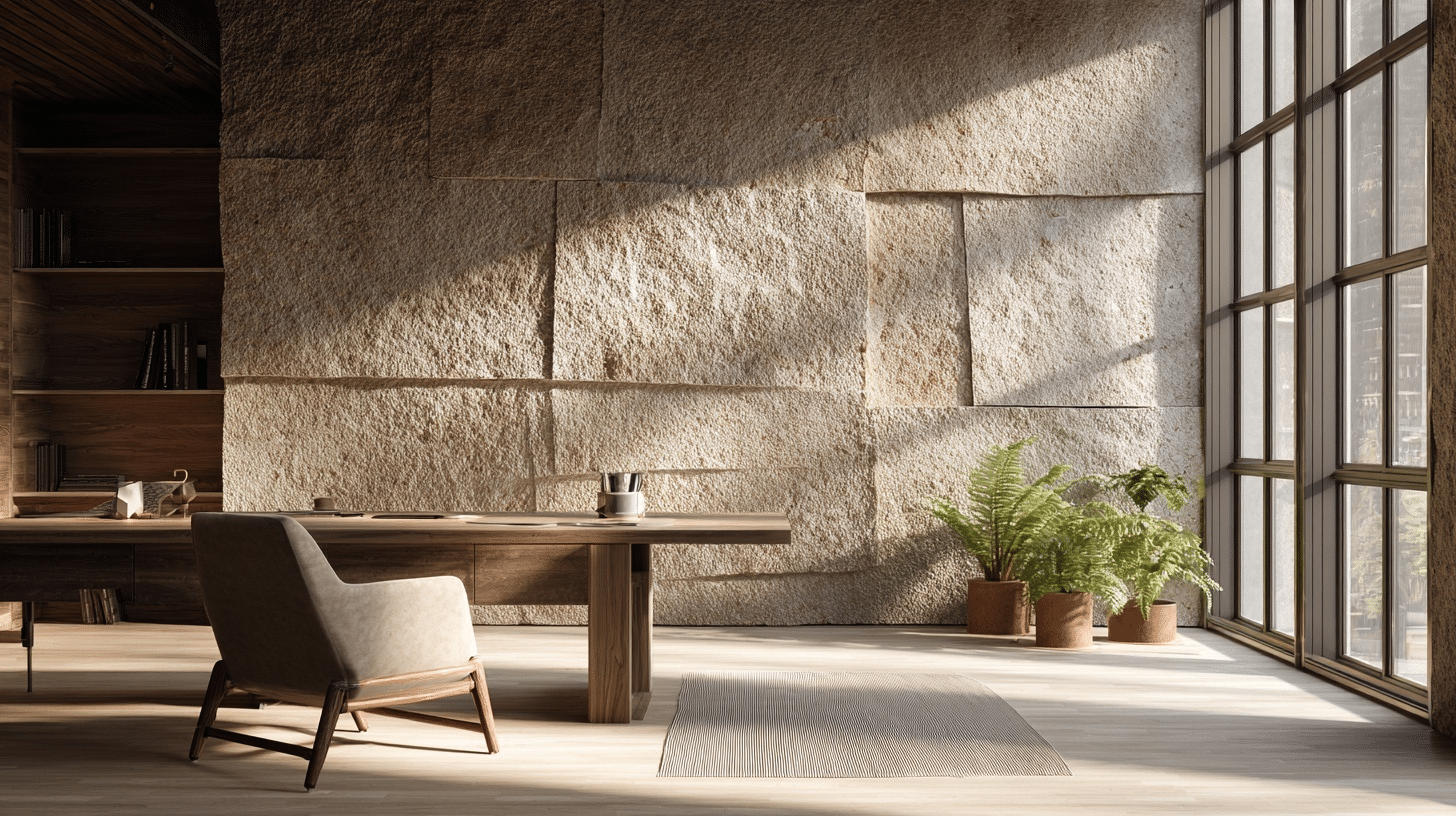
Cork provides natural insulation and sound absorption. It’s sustainable, tactile, and visually interesting. The material comes from tree bark without harming the tree.
21. Moss Art Installations
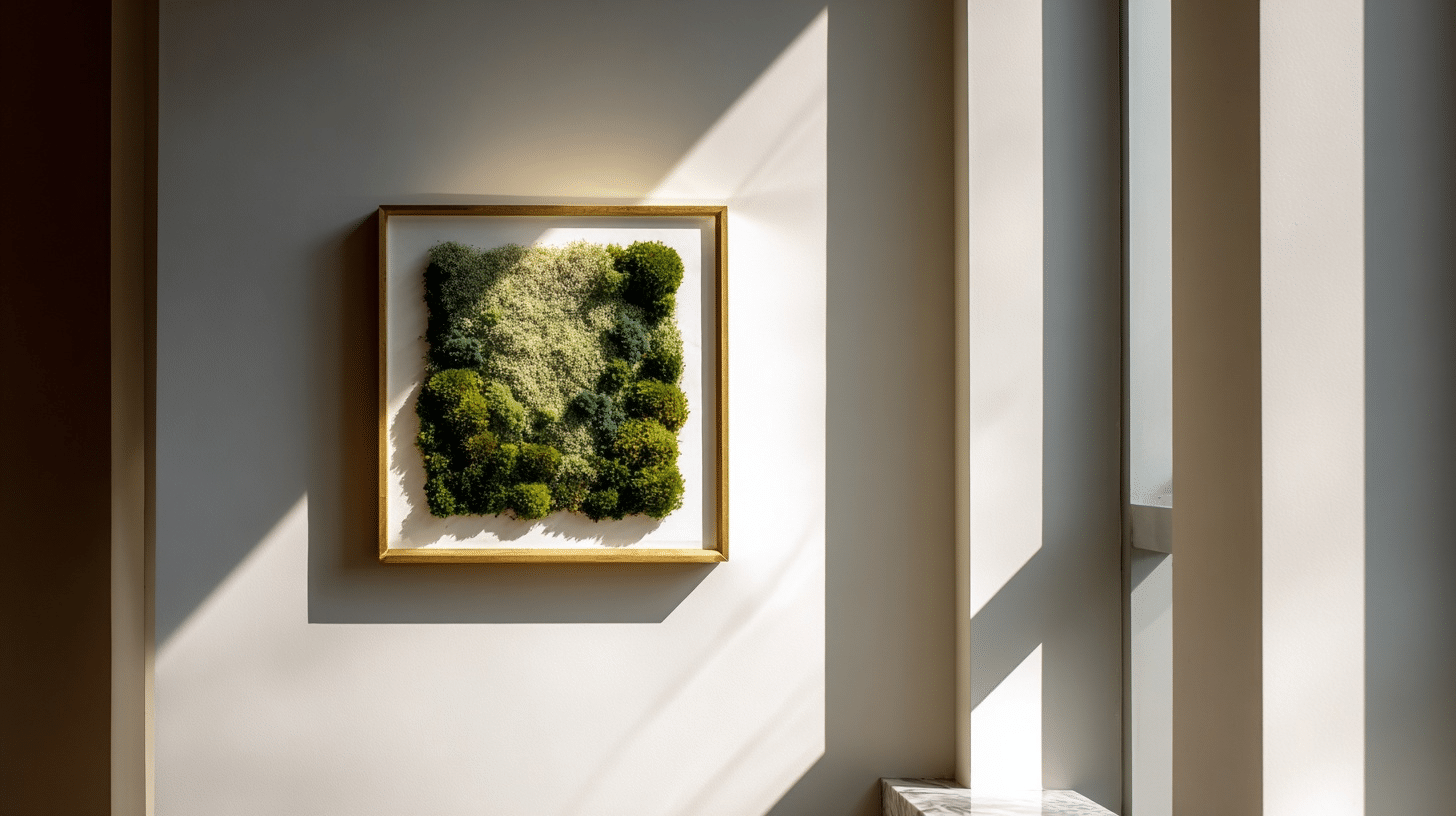
Preserved moss creates a living artwork that needs no care. It adds softness and organic texture to walls. Different moss varieties offer a range of shades of green.
22. Natural Clay Plasters
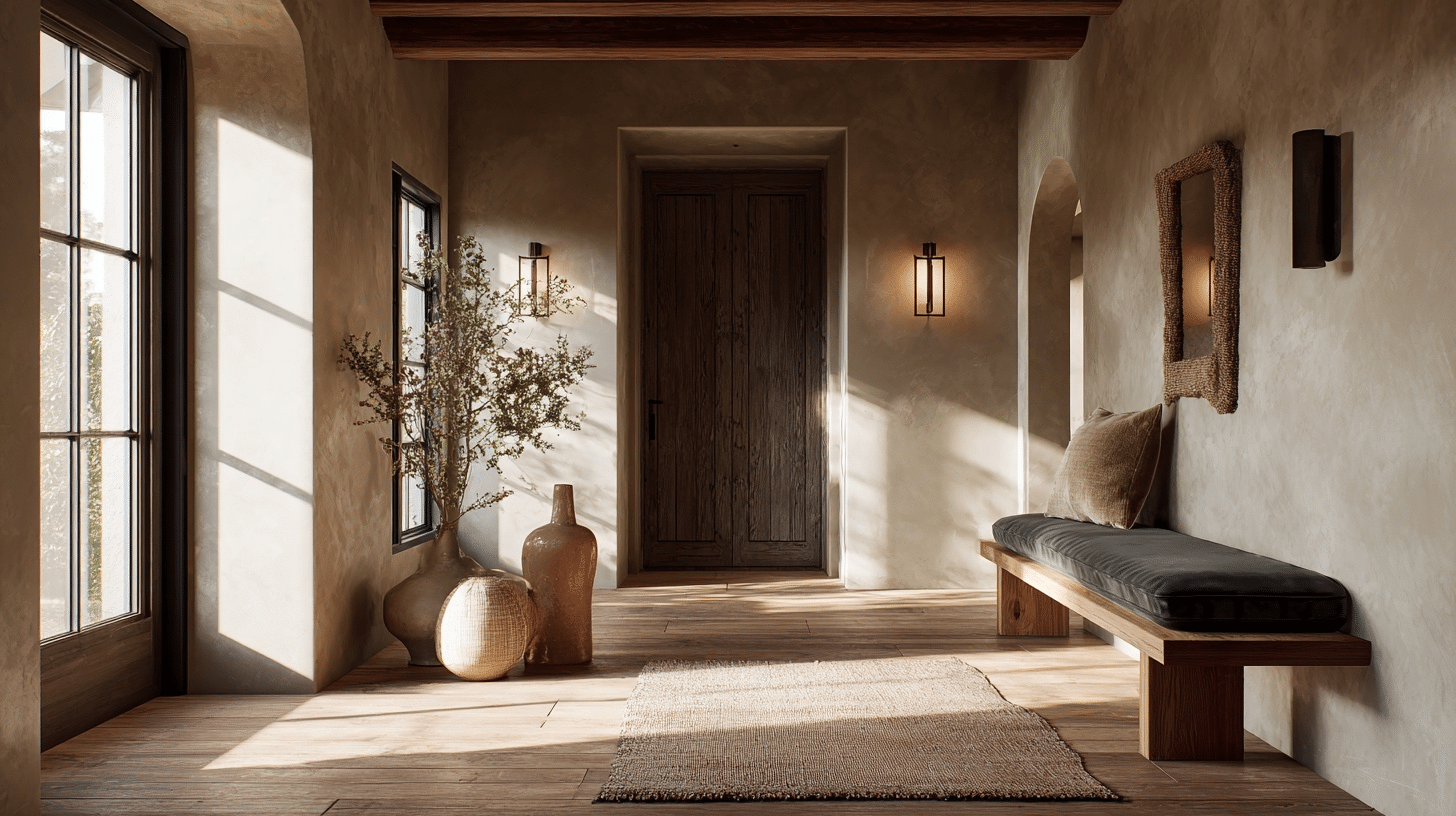
Clay wall finishes regulate humidity naturally. They create smooth, earthy surfaces with health benefits. These plasters absorb odors and improve indoor air quality.
23. Window Box Gardens
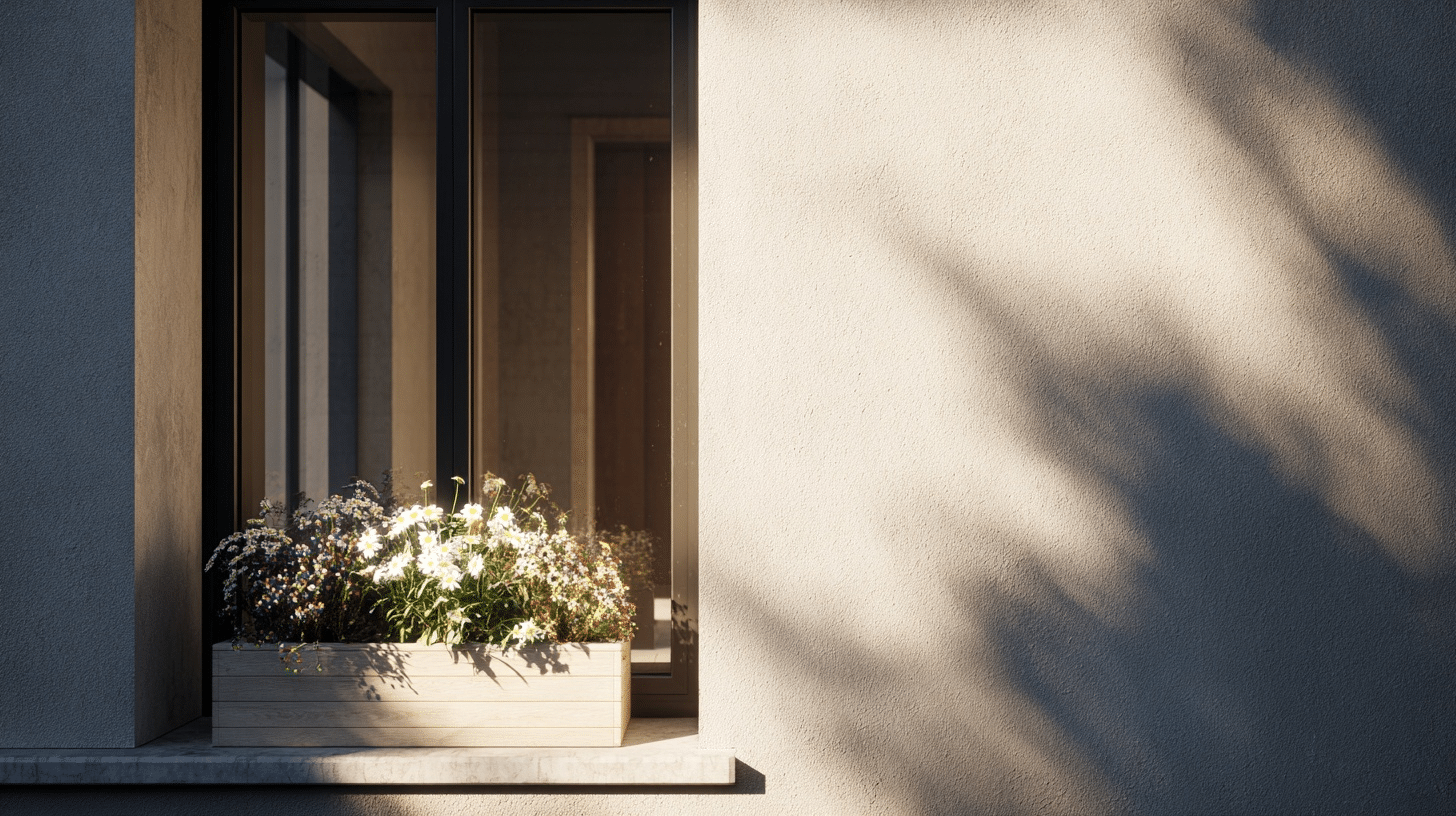
Exterior planters visible from inside connect spaces. They attract birds and add seasonal color changes. Flowers and trailing plants soften the exteriors of buildings beautifully.
24. Woven Natural Screens
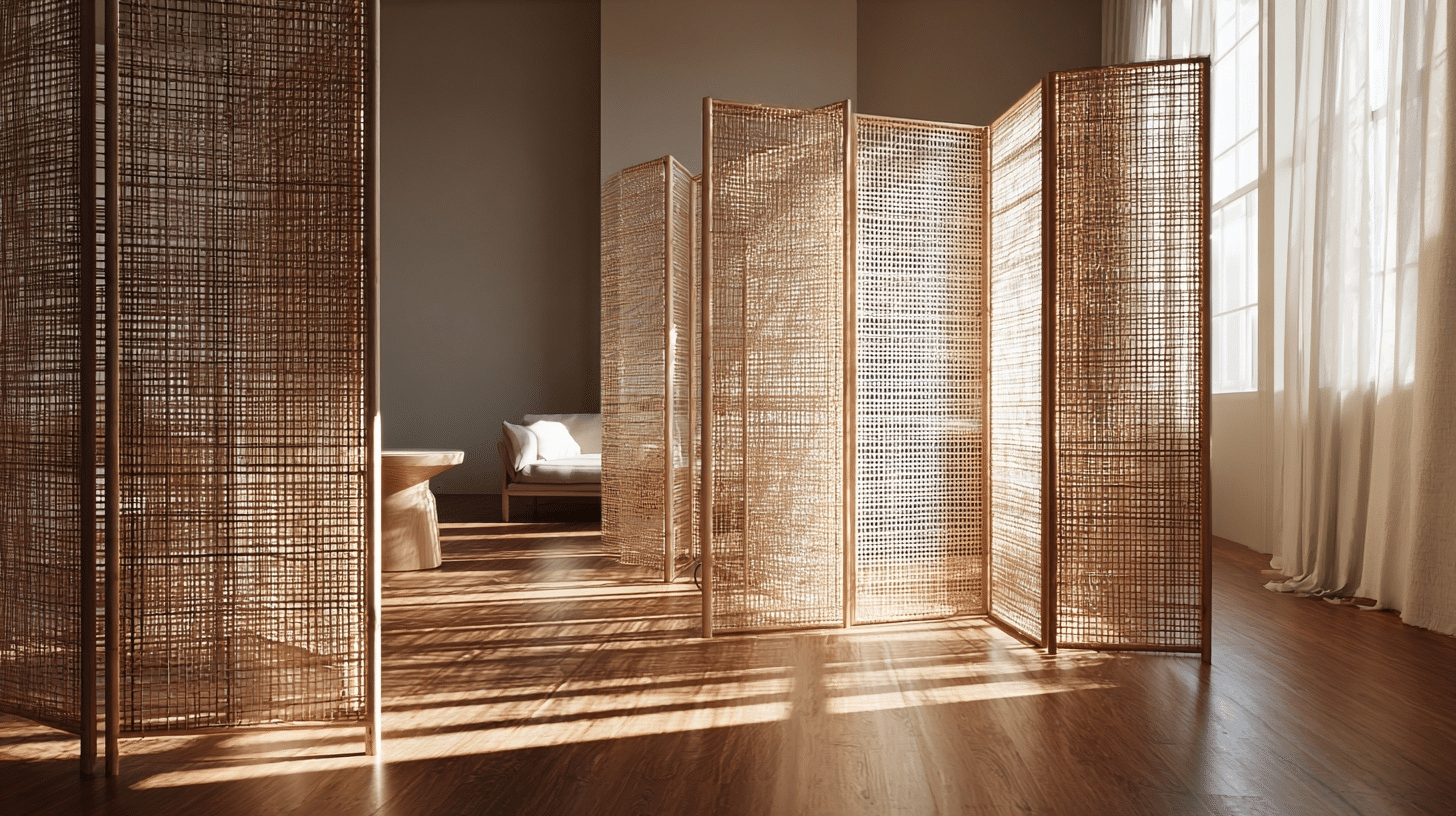
Rattan and wicker dividers filter light beautifully. They create privacy while maintaining an airy feel. These screens add texture without completely blocking airflow.
25. Indoor Pond Ecosystems
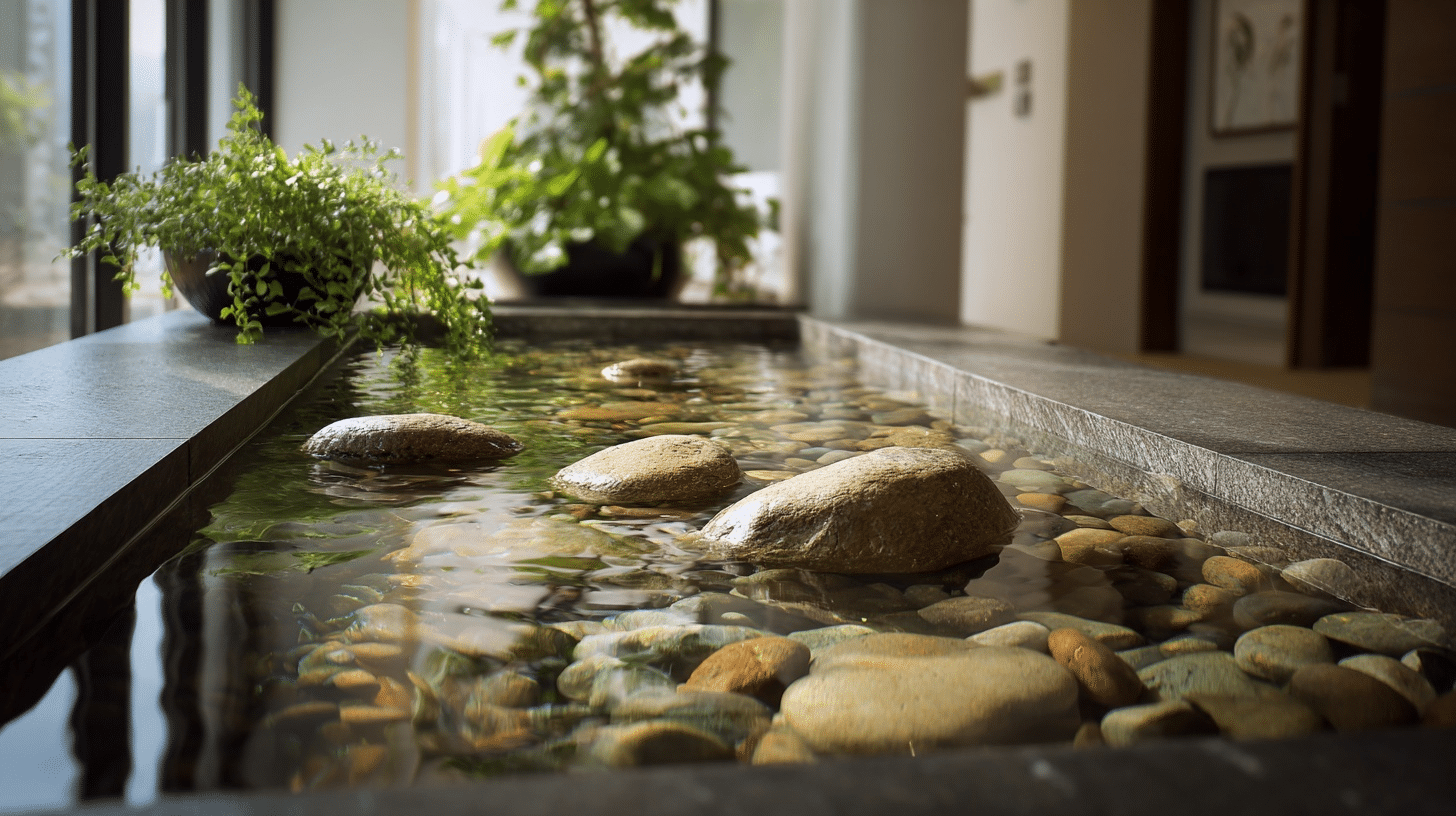
Self-sustaining water gardens host fish and plants. They create centre points and teach natural balance. The sound of trickling water adds relaxation benefits.
26. Natural Edge Wood Tables
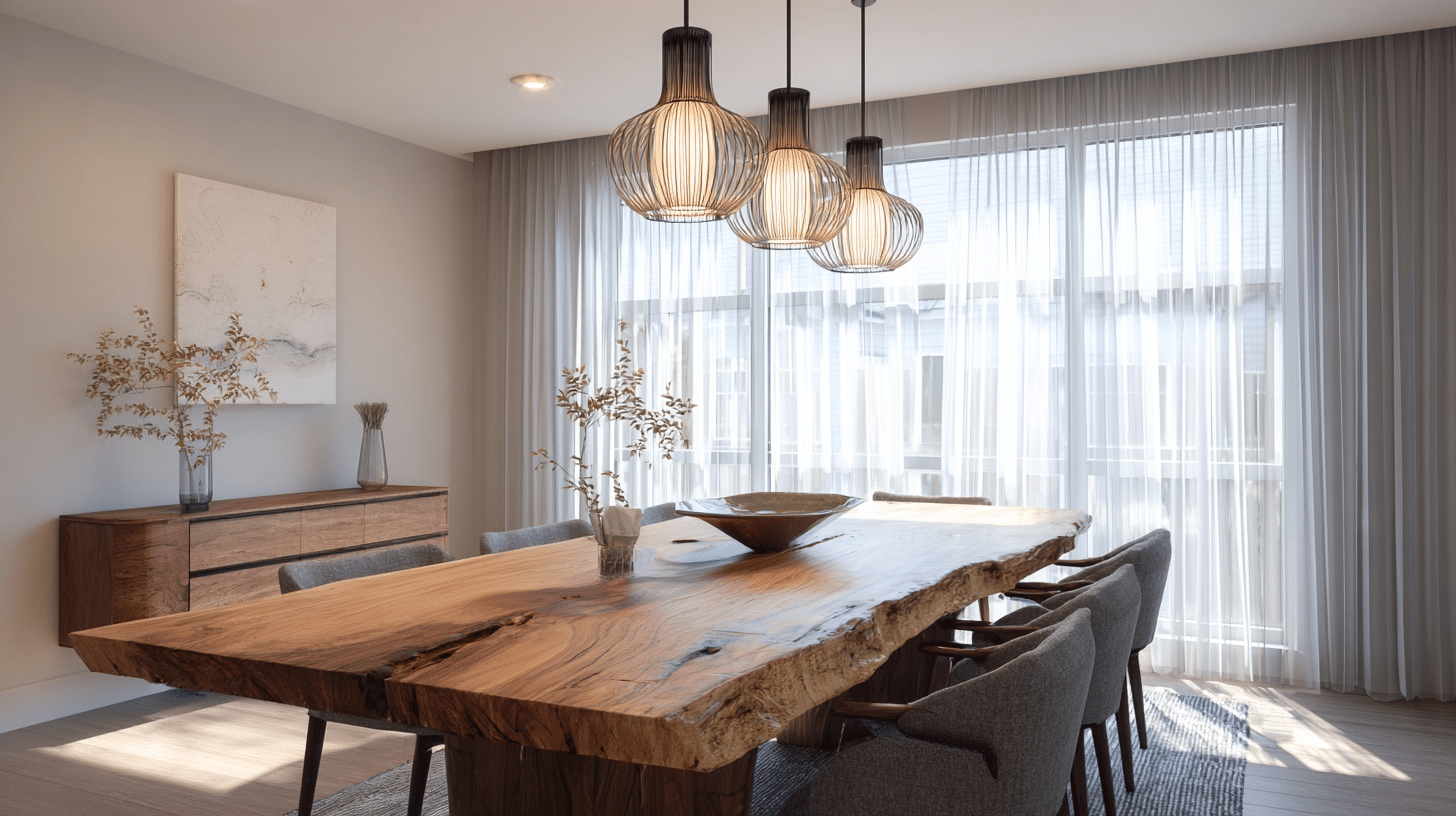
Live-edge furniture celebrates wood’s organic form. Each piece is one-of-a-kind and conversation-starting. The natural curves contrast nicely with modern straight lines.
27. Biophilic Bathroom Sanctuaries
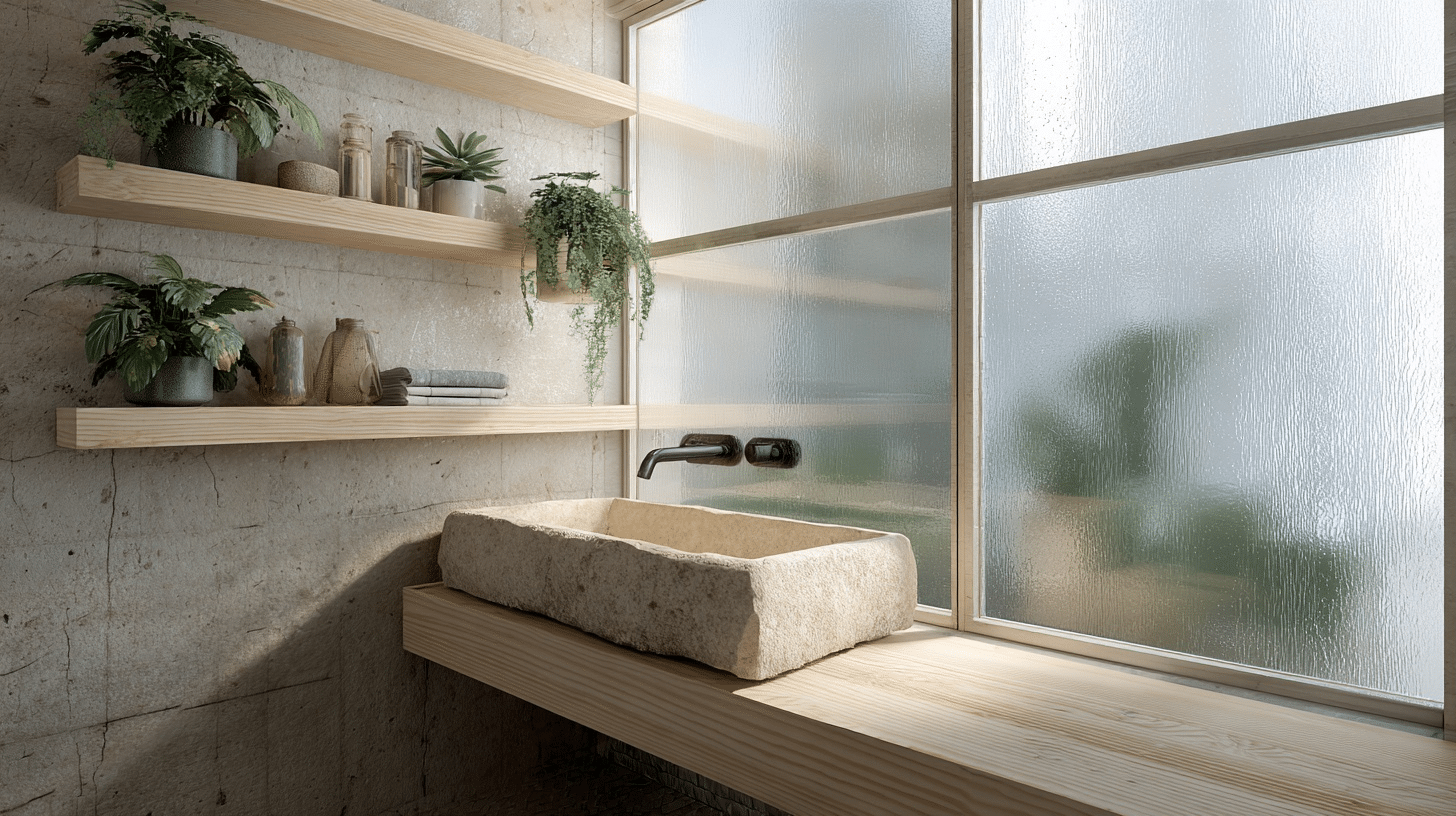
Stone sinks and plant-filled showers create a spa-like experience. They turn daily routines into restorative rituals. Humidity-loving plants thrive in these steamy environments.
Engaging the Five Senses for Immersive Calm
Biophilic interior design works best when it engages all five senses.
This creates a complete experience that calms the mind and body. Here’s how each sense contributes to a peaceful home:
- Sight: Natural colors and organic shapes soothe the eyes. Green plants, wooden textures, and stone surfaces create visual comfort. Sunlight filtering through leaves adds movement and life.
- Sound: Water features provide a gentle background noise. Wind chimes and rustling leaves create natural soundscapes. These sounds effectively mask harsh urban noises.
- Touch: Natural materials feel good under fingers and feet. Smooth stones, soft moss, and rough bark add variety to the landscape. Different textures invite exploration and connection.
- Smell: Fresh plants and flowers naturally perfume the air. Herbs release scents when brushed against. Wood and earth carry subtle, grounding aromas.
- Taste: Indoor herb gardens provide fresh flavors. Growing food connects people to natural cycles. This sense completes the full sensory experience.
Ending Note
Biophilic interior design isn’t just about decoration. It’s about creating spaces where people feel truly at home.
By bringing nature indoors through the use of plants, natural materials, and thoughtful design, homes become healthier and more peaceful.
Start small if needed. Add a plant here, swap in natural textures there. Each change builds on the last.
The result? A home that supports well-being every single day.
Pick one idea from this post and try it this week. Share your results in the comments below!

